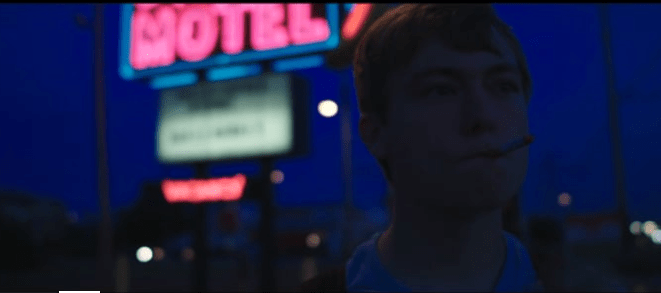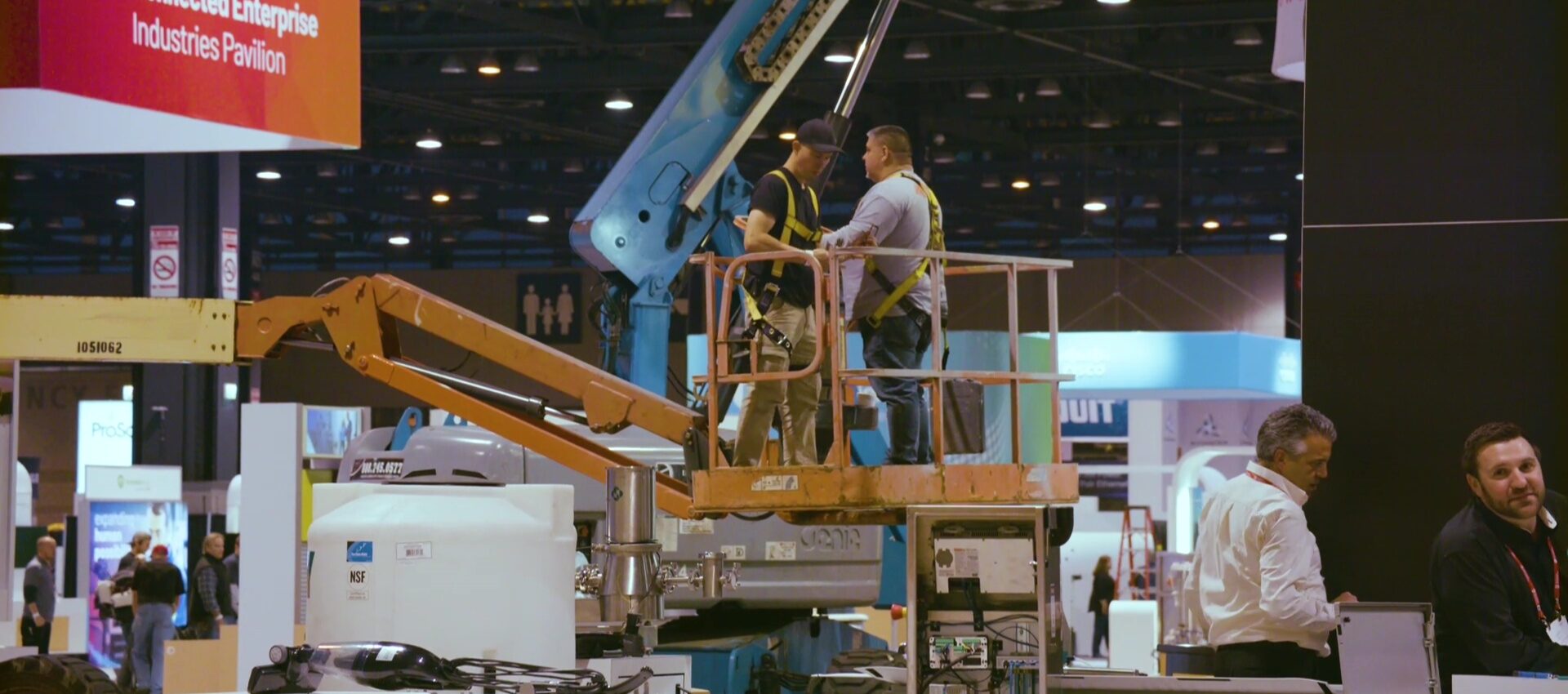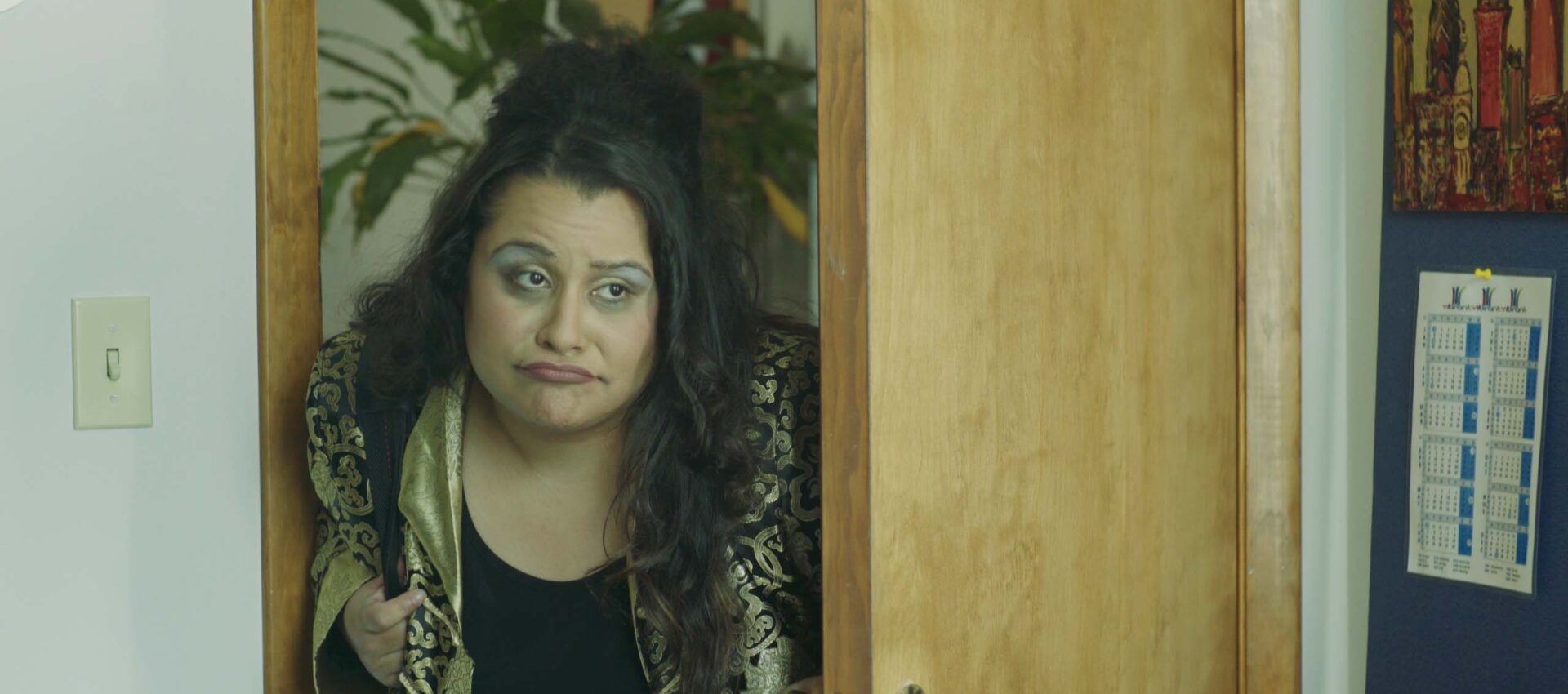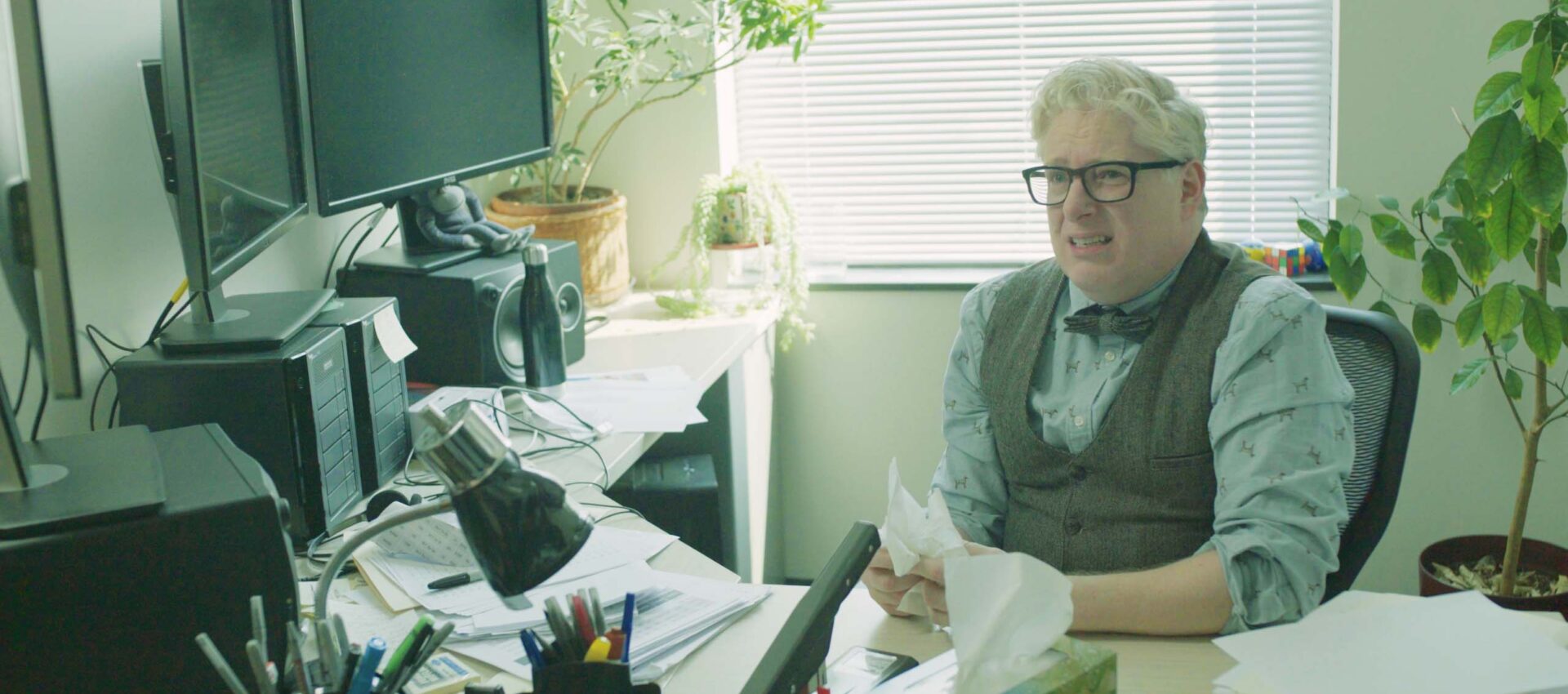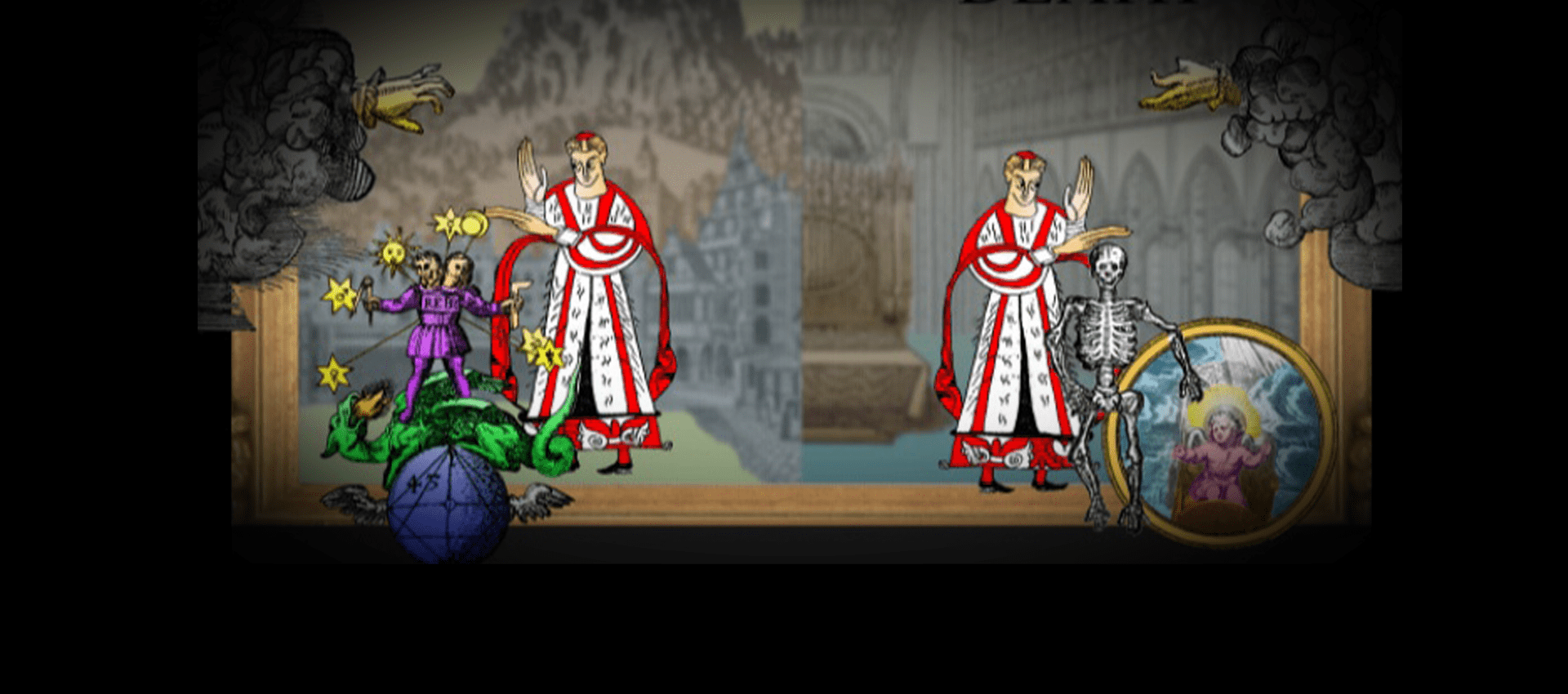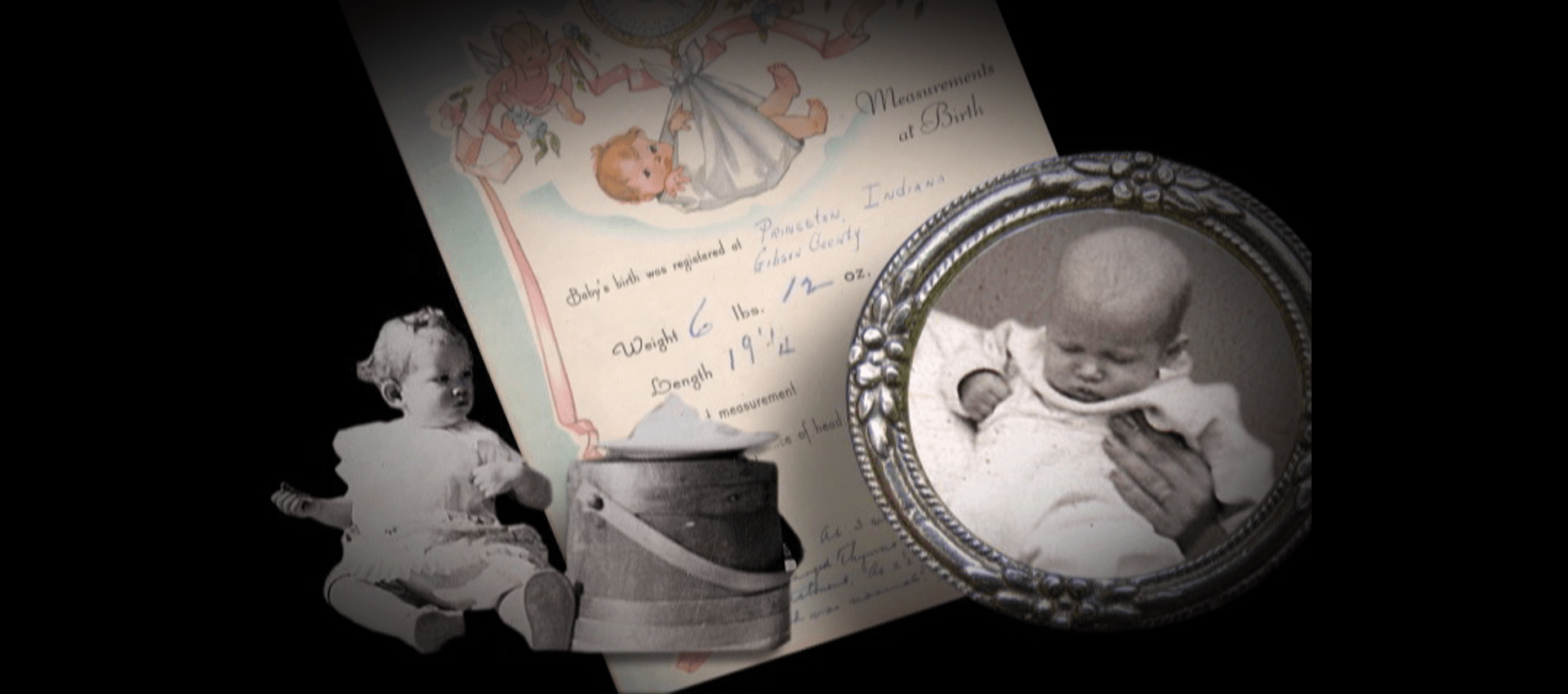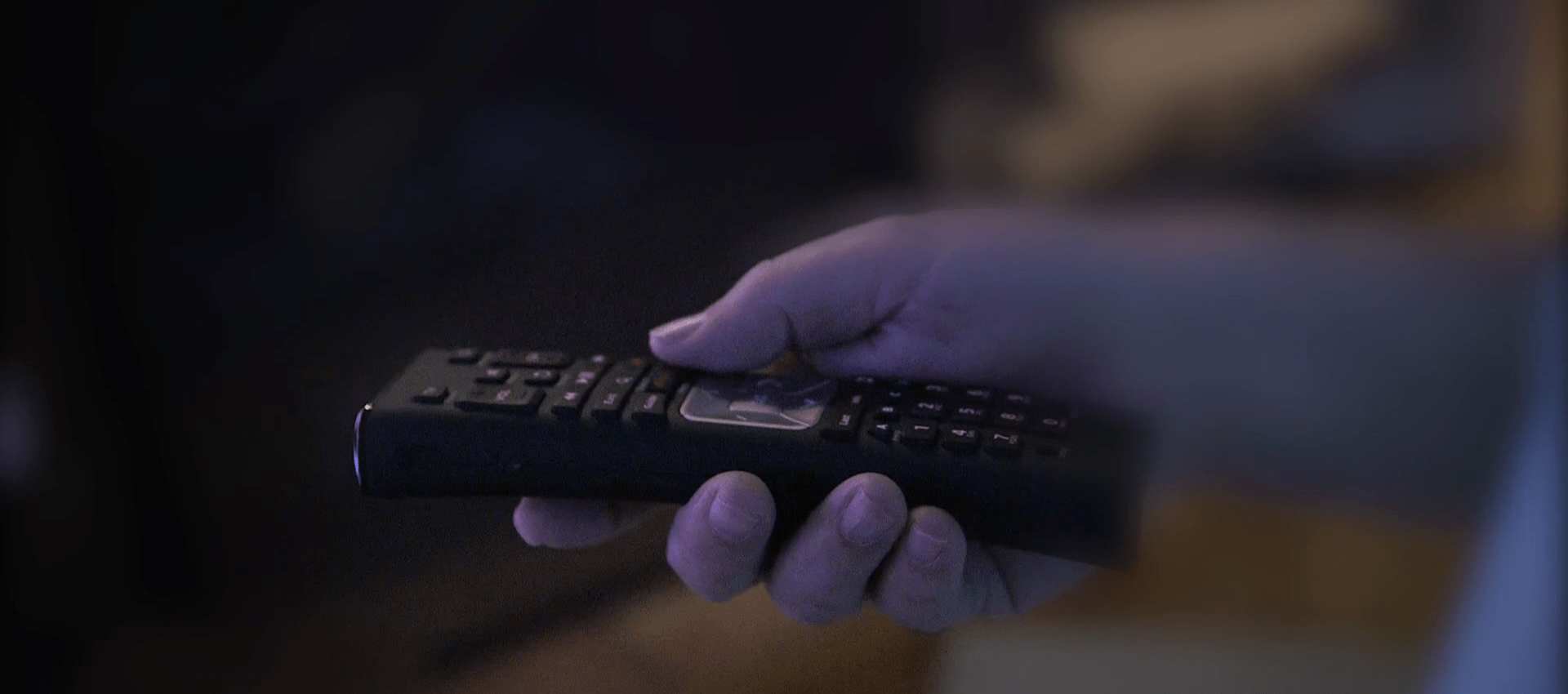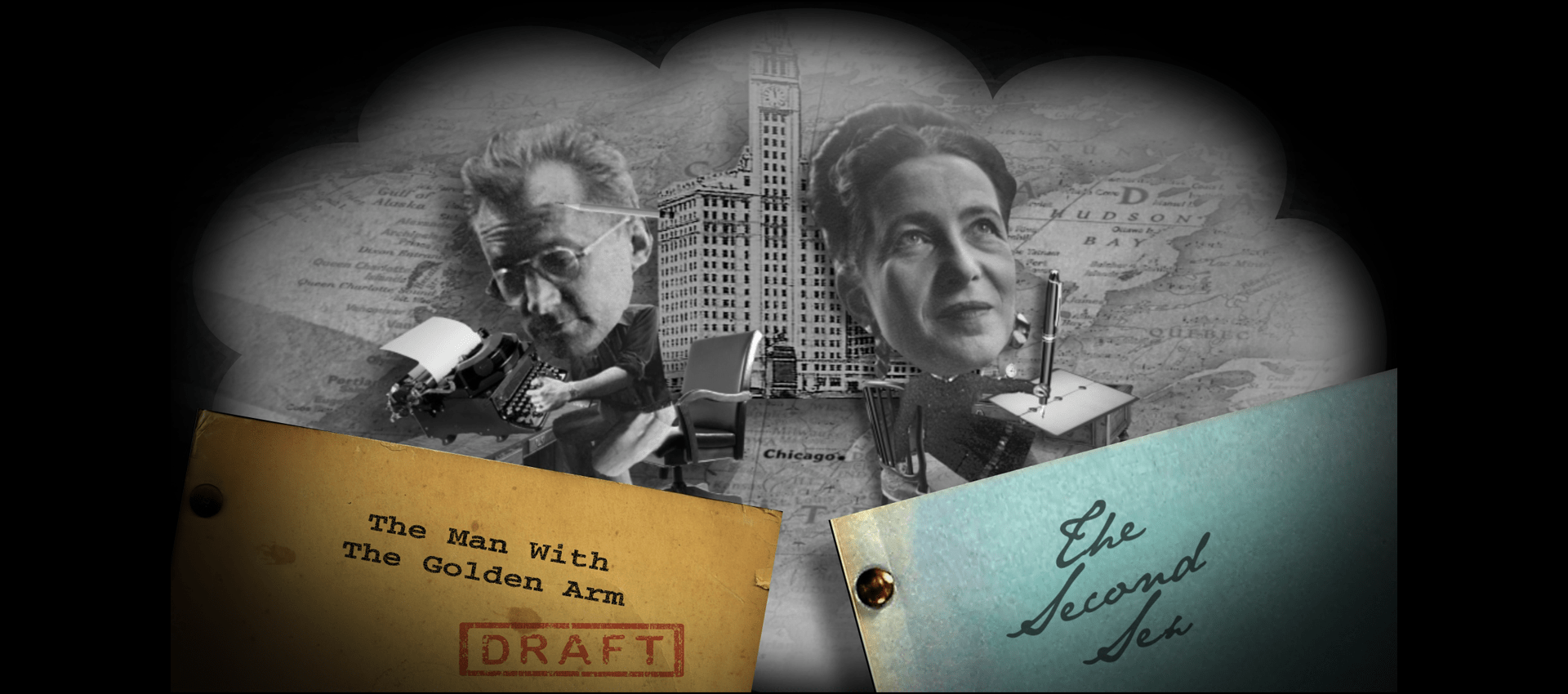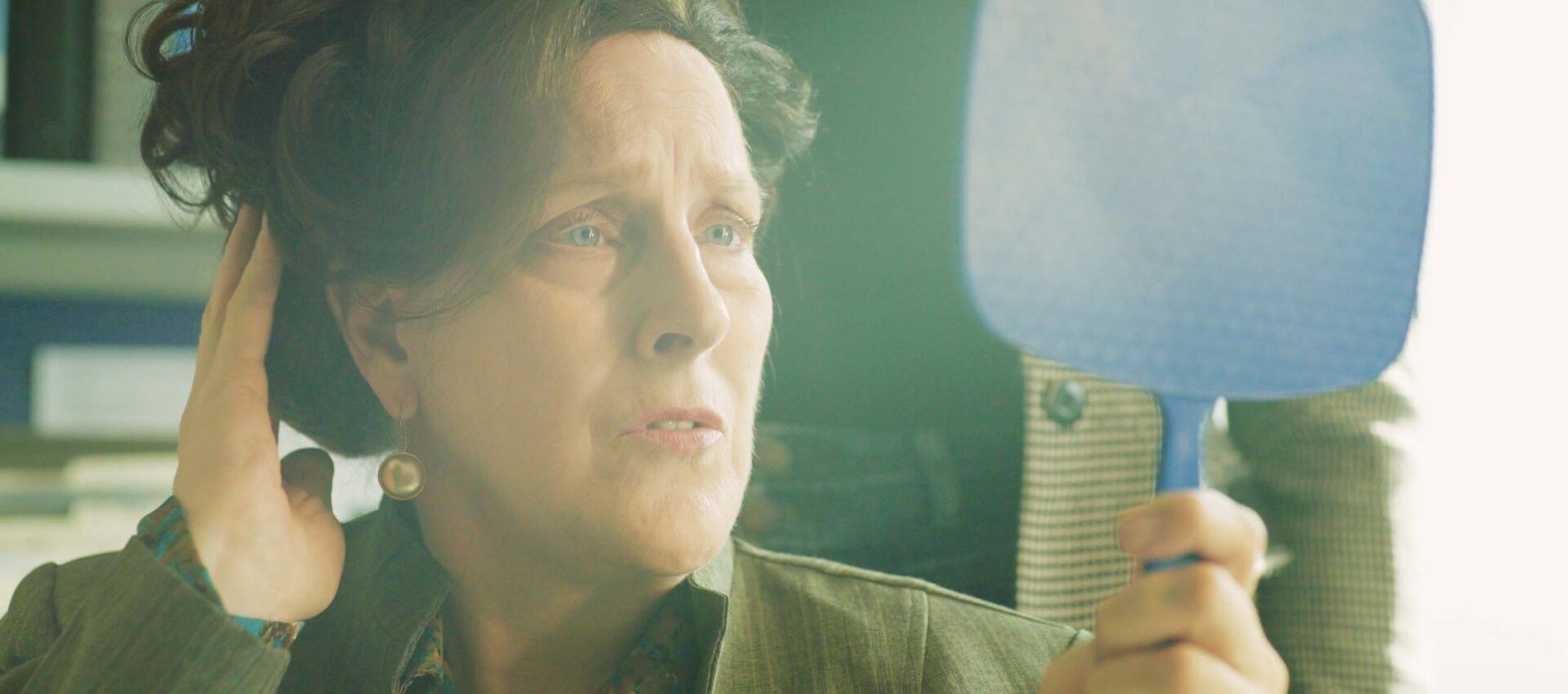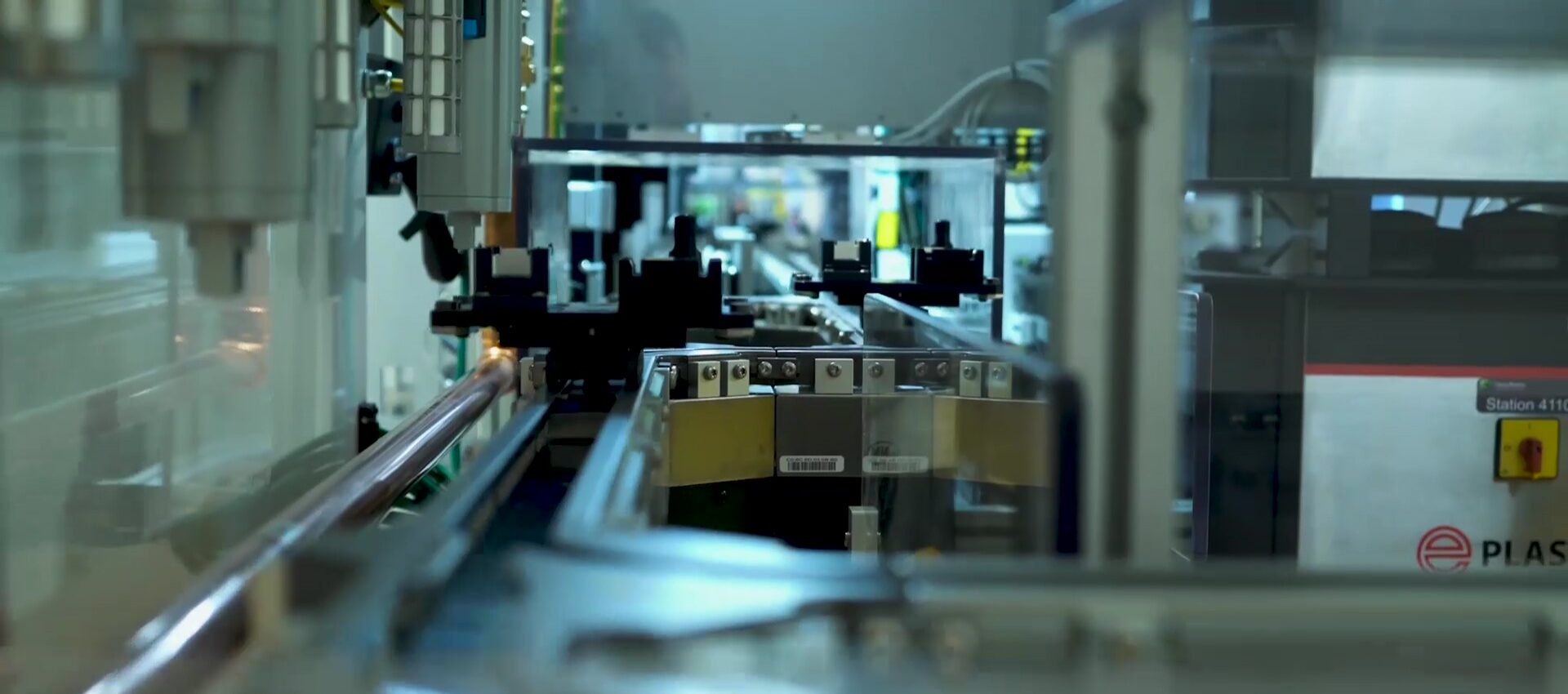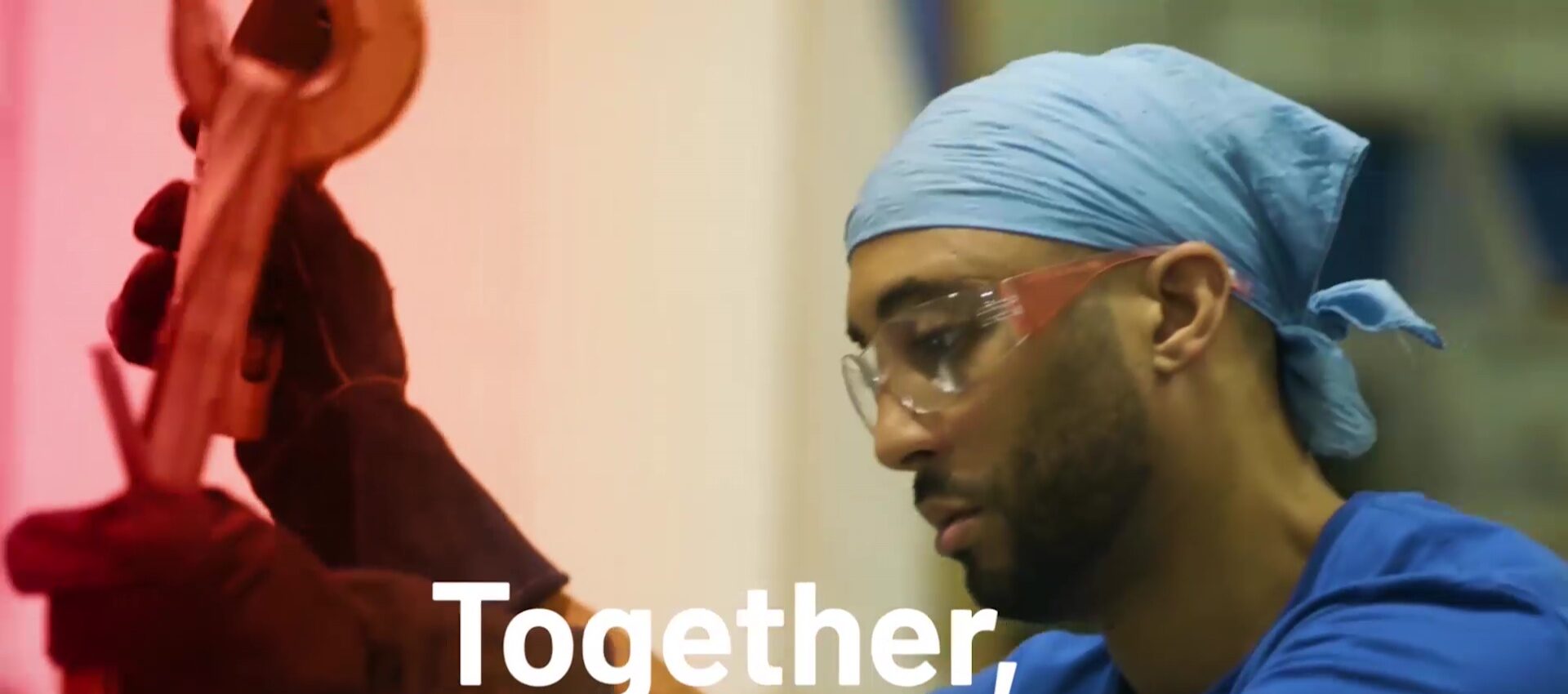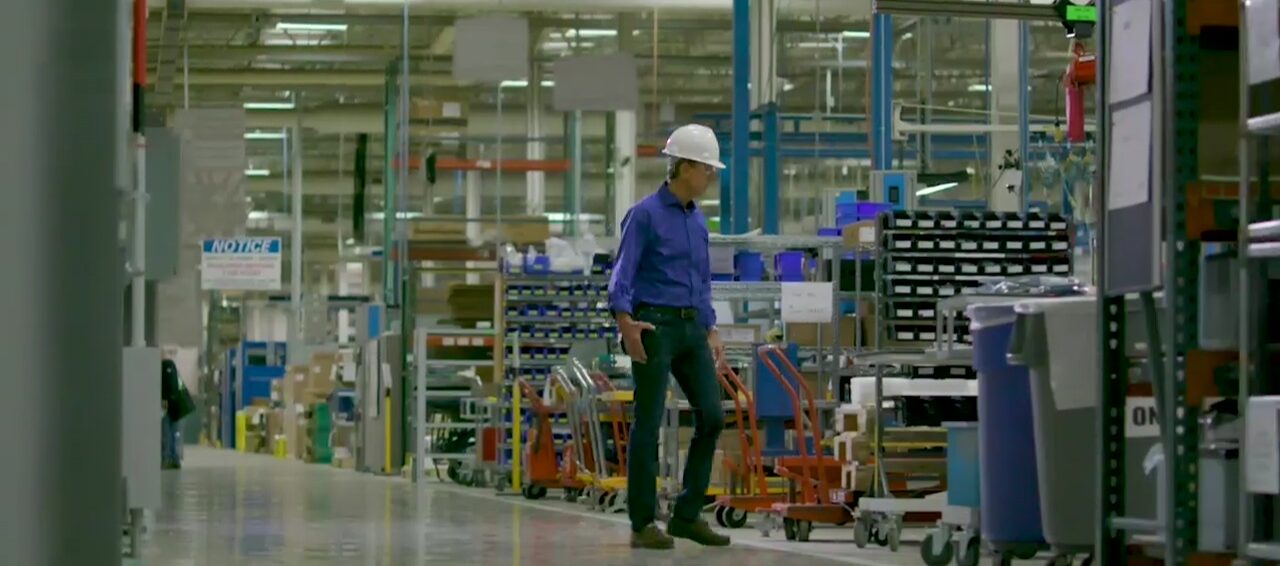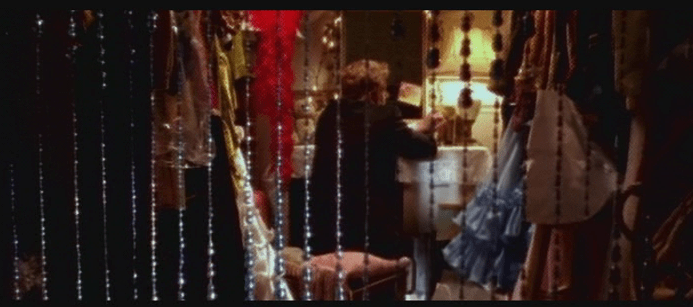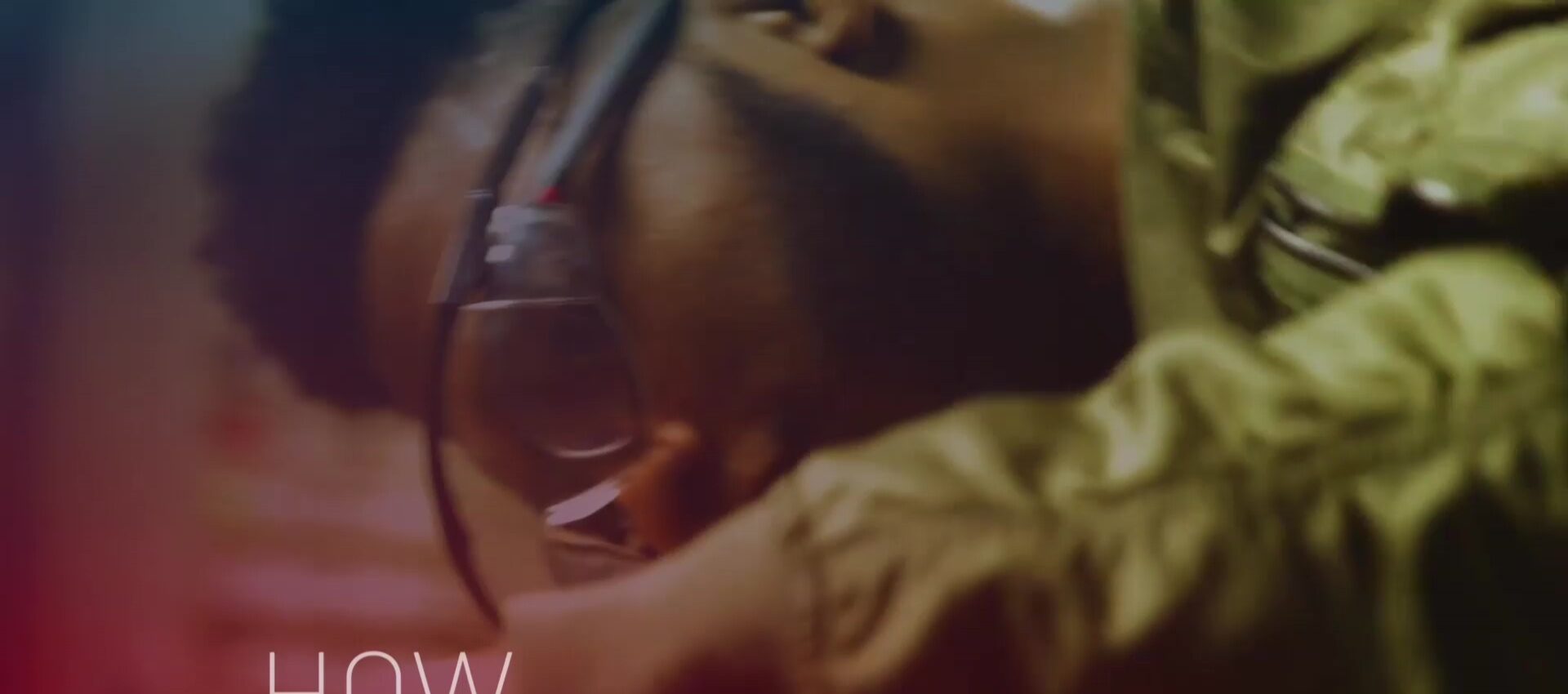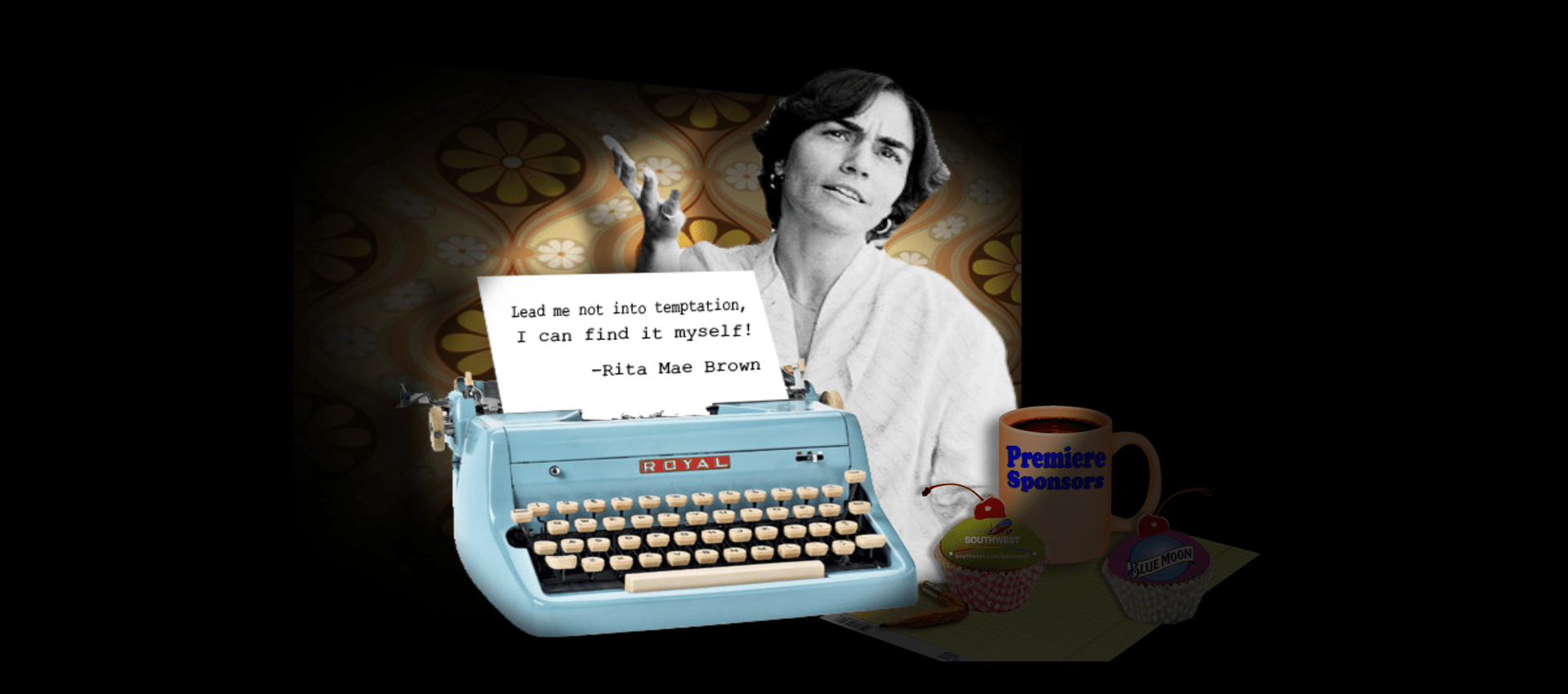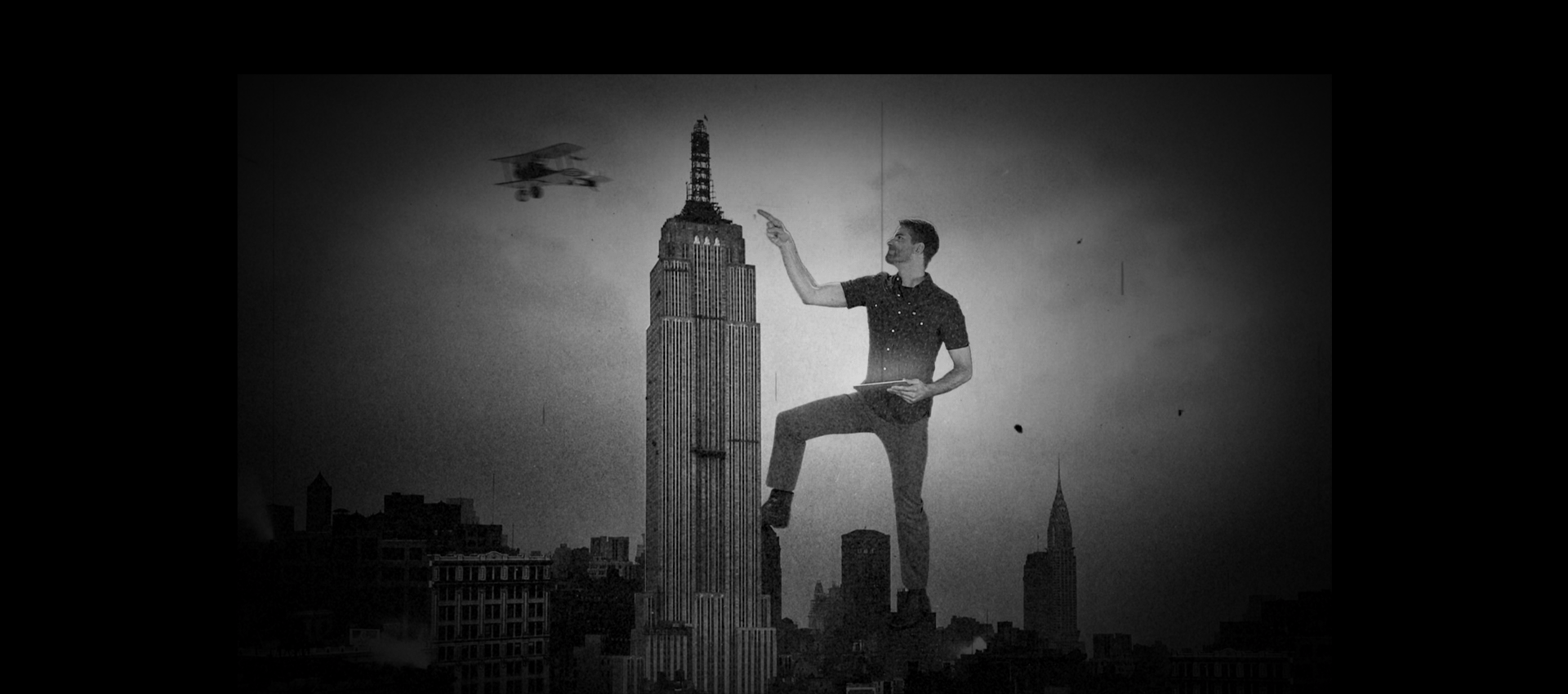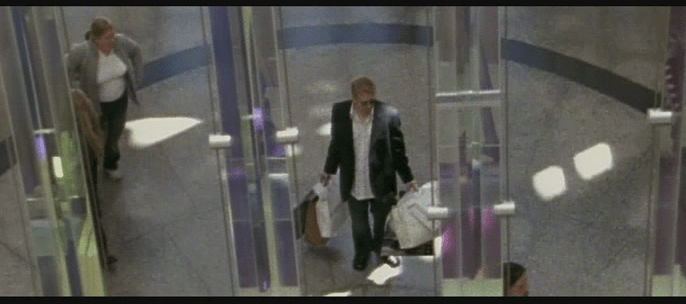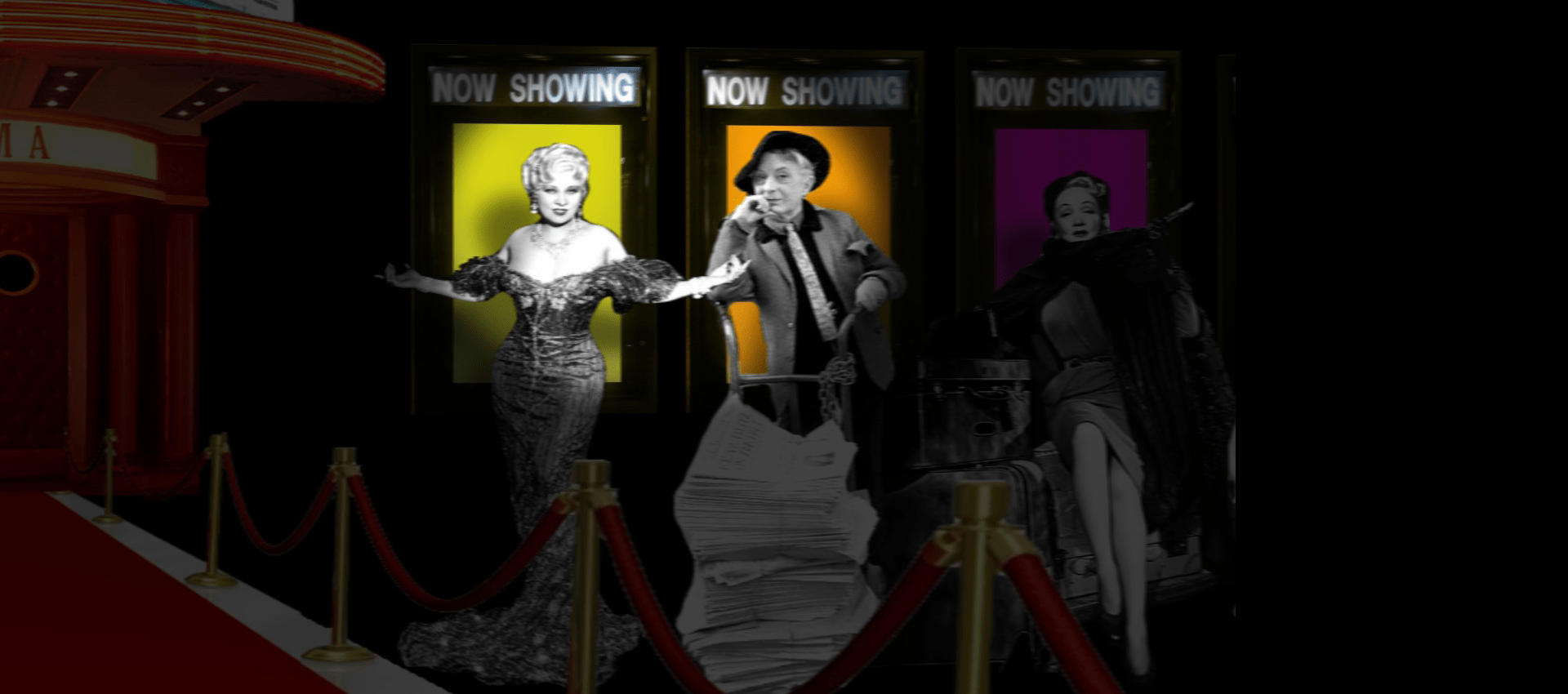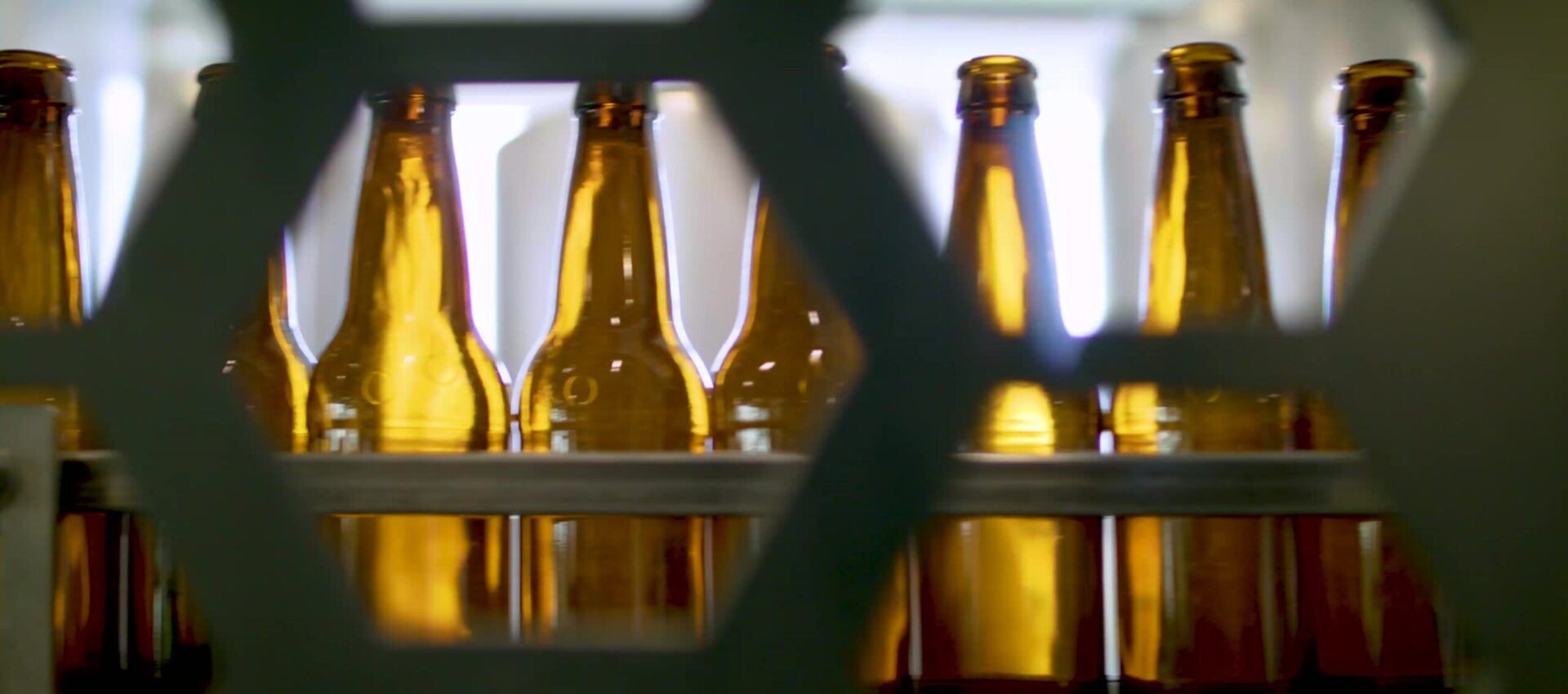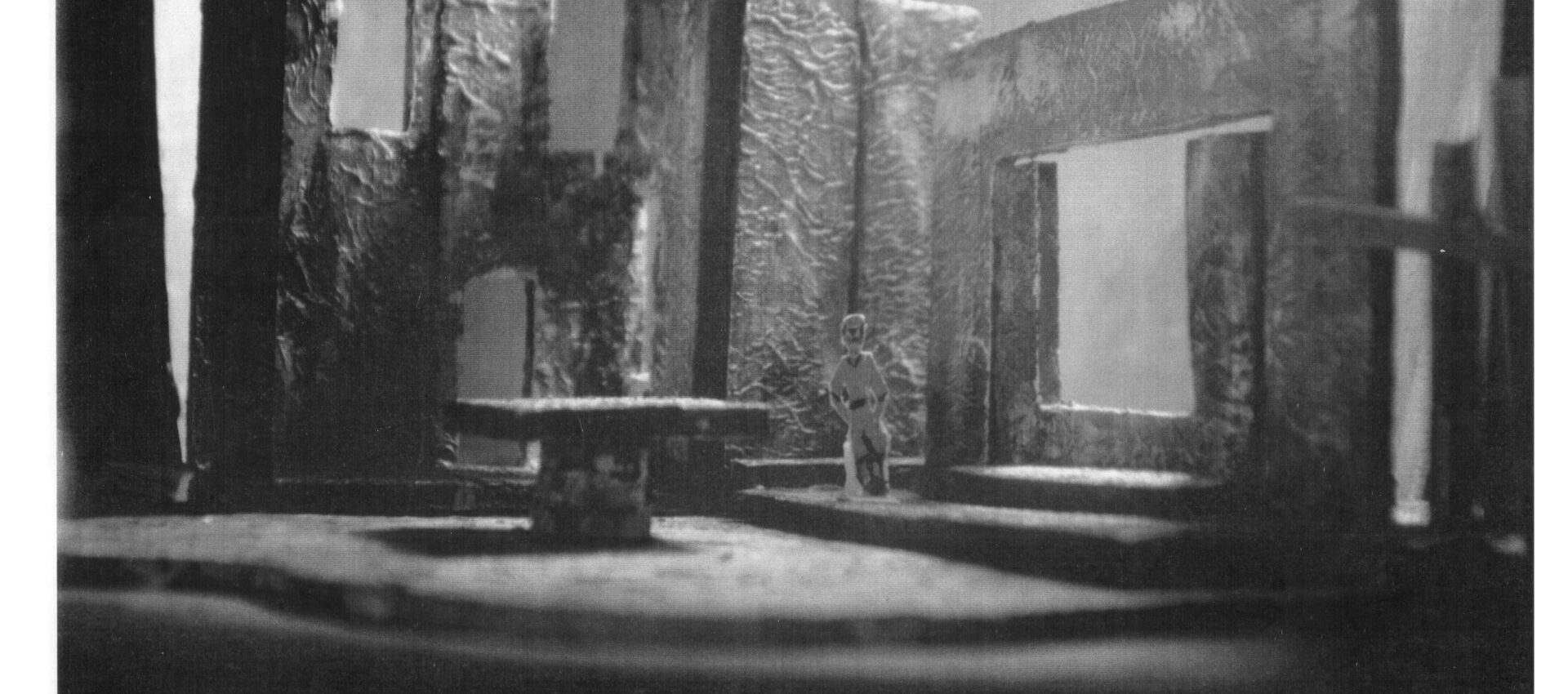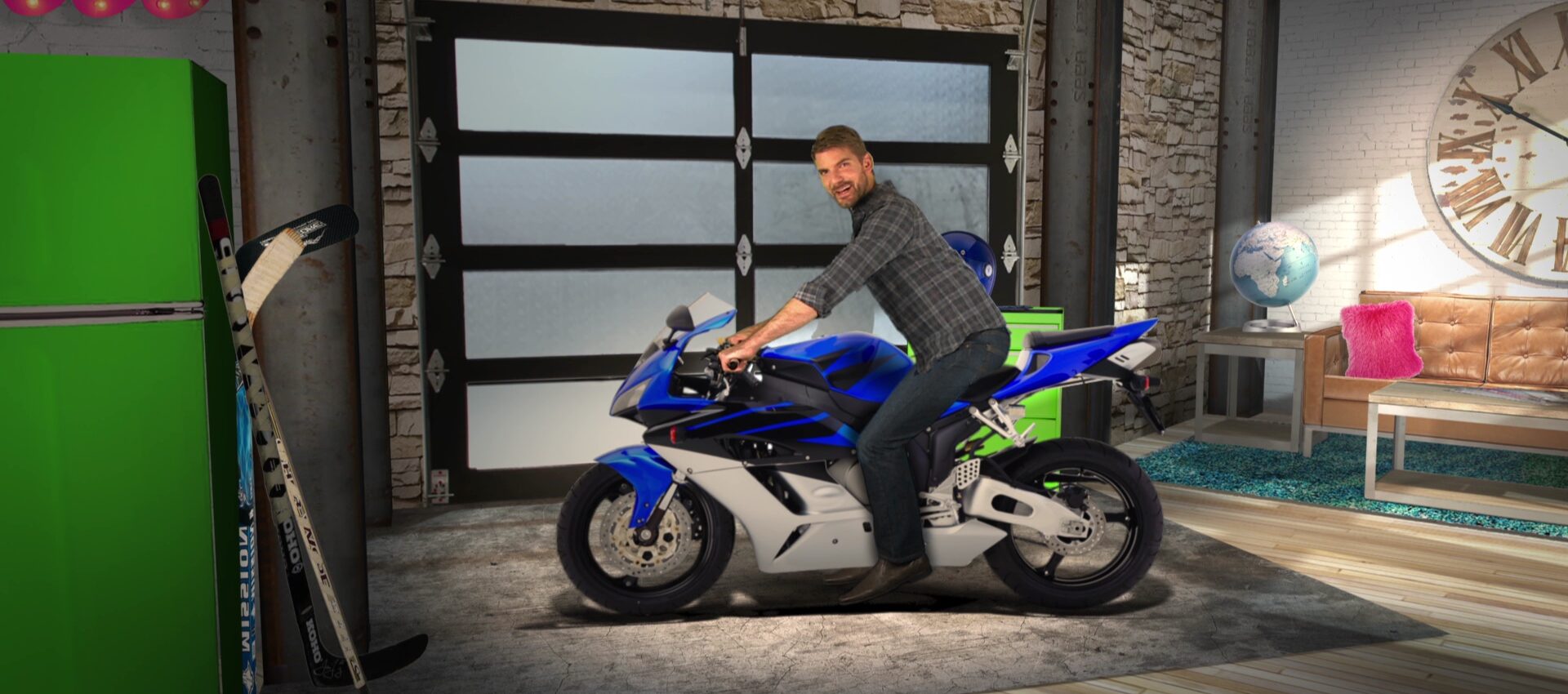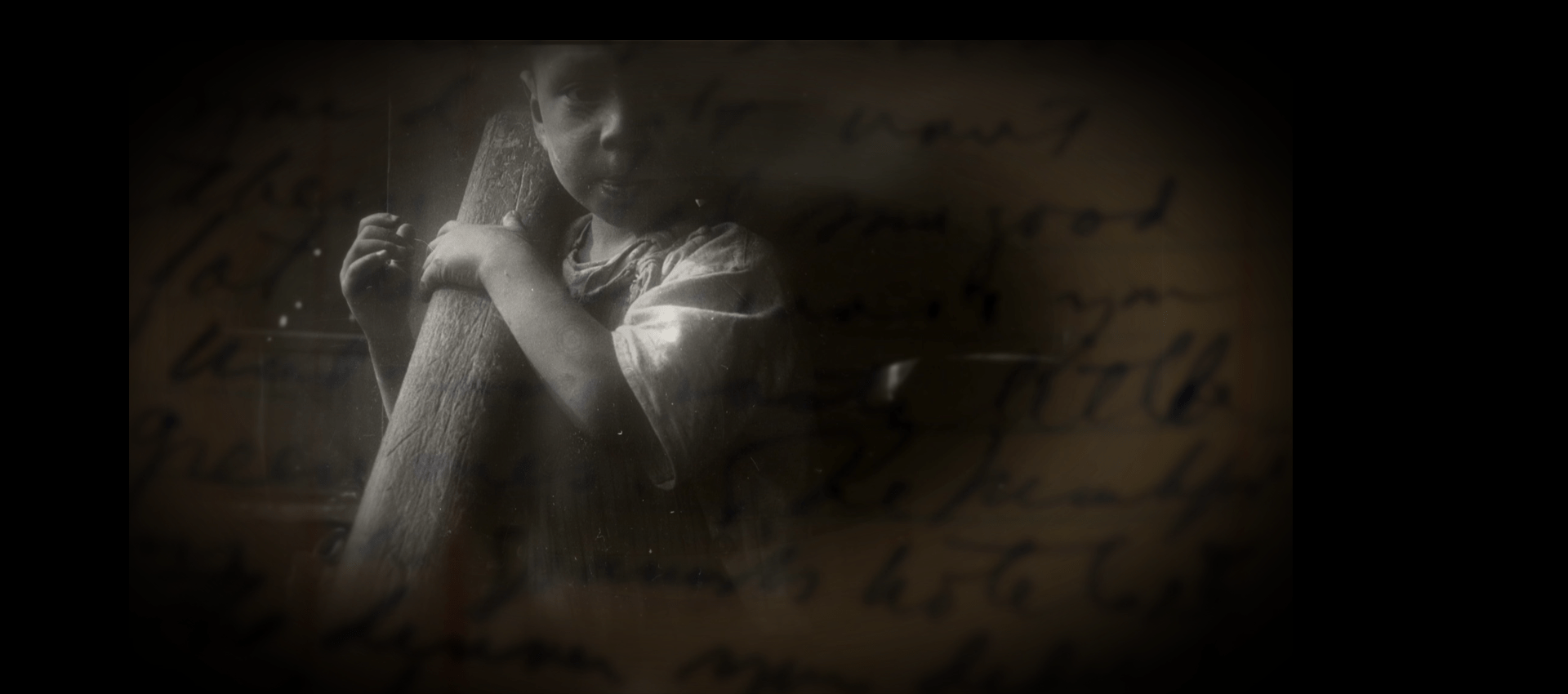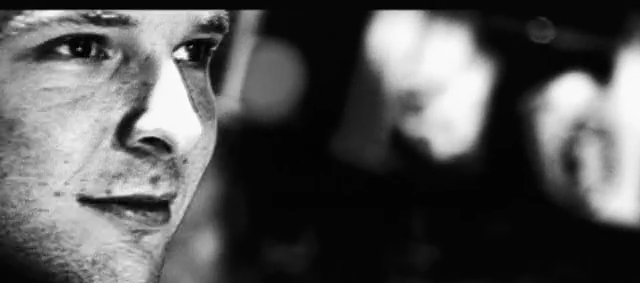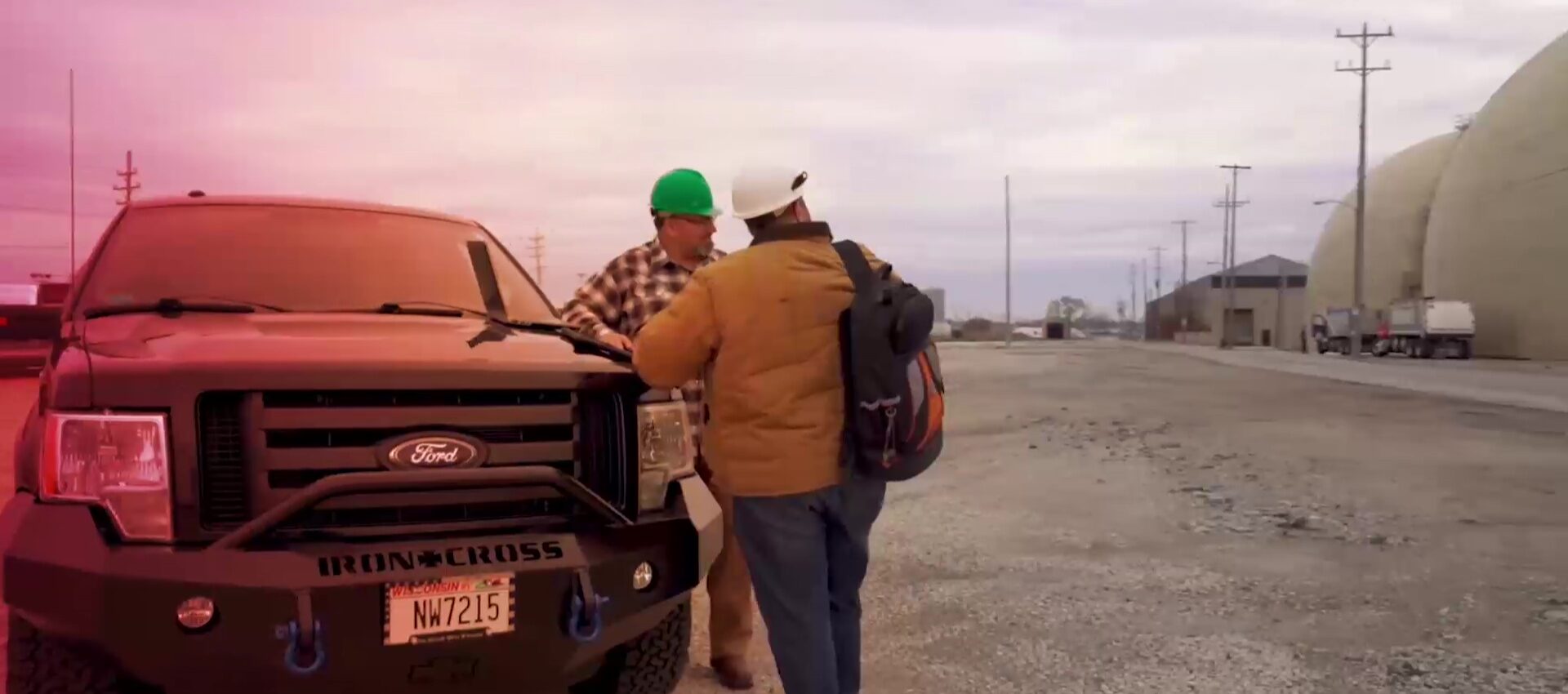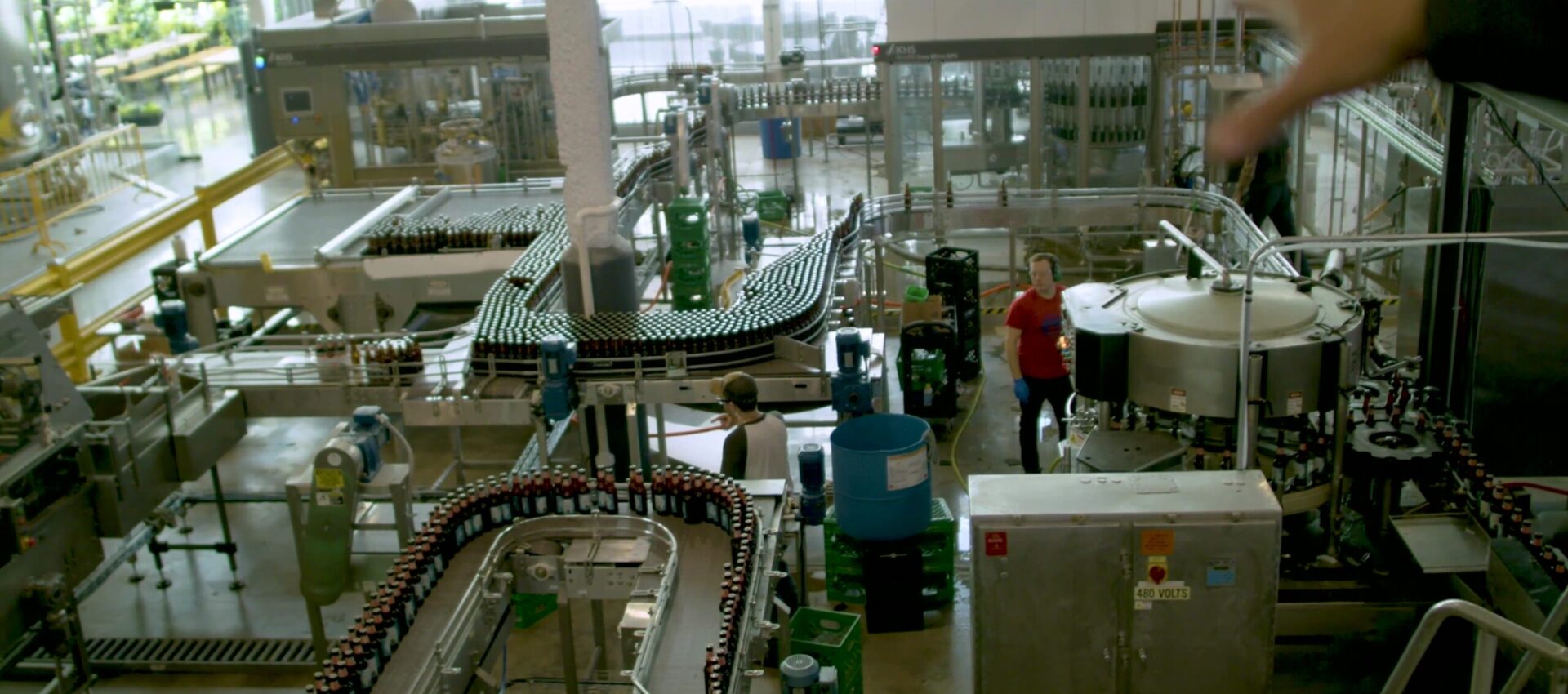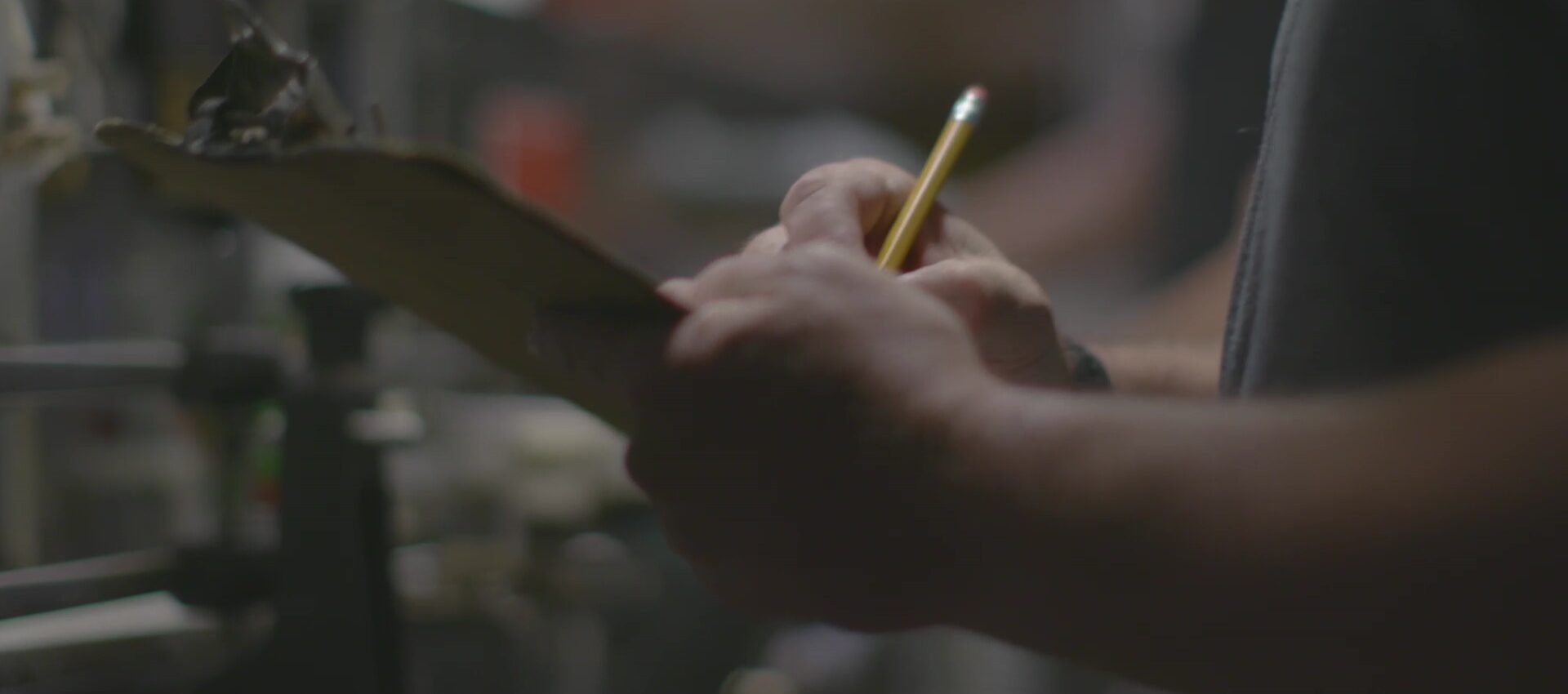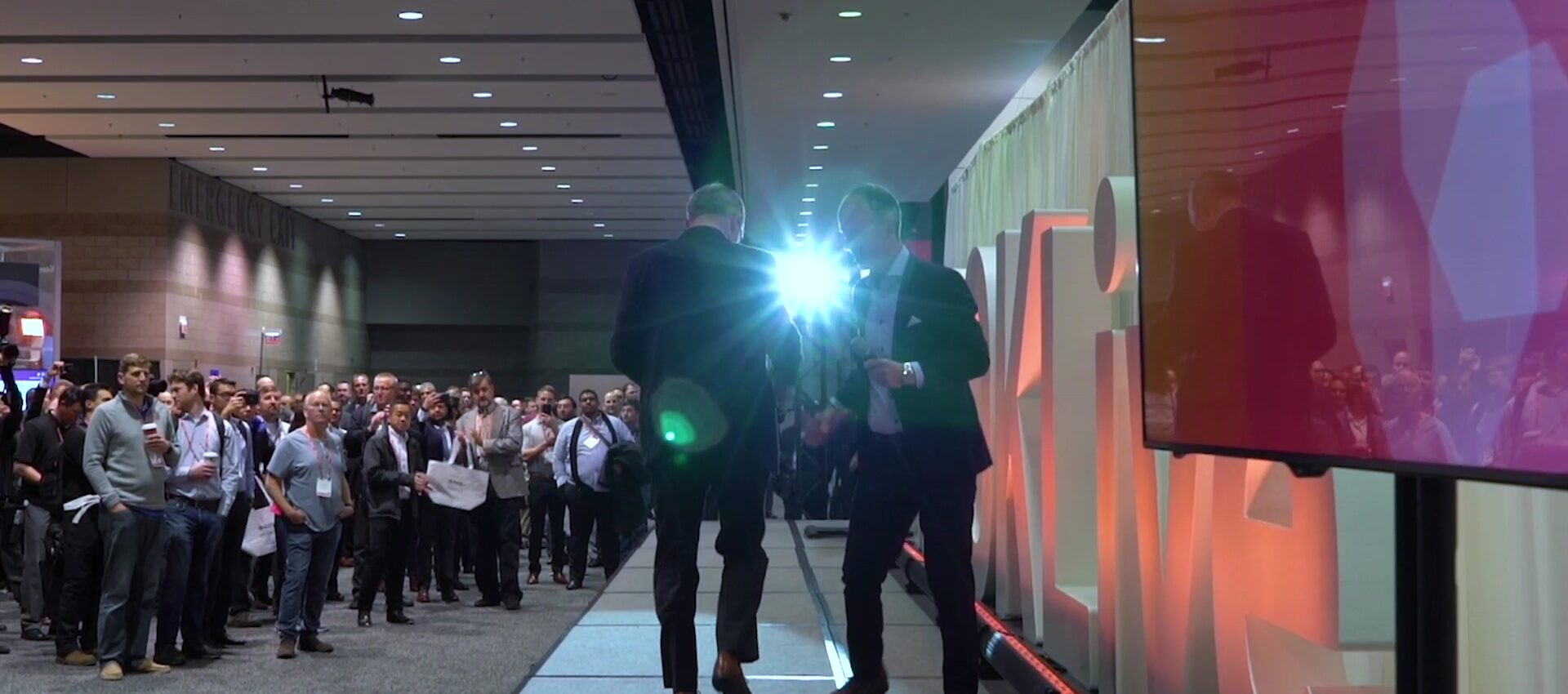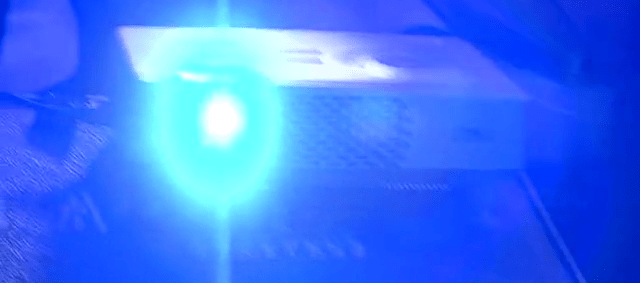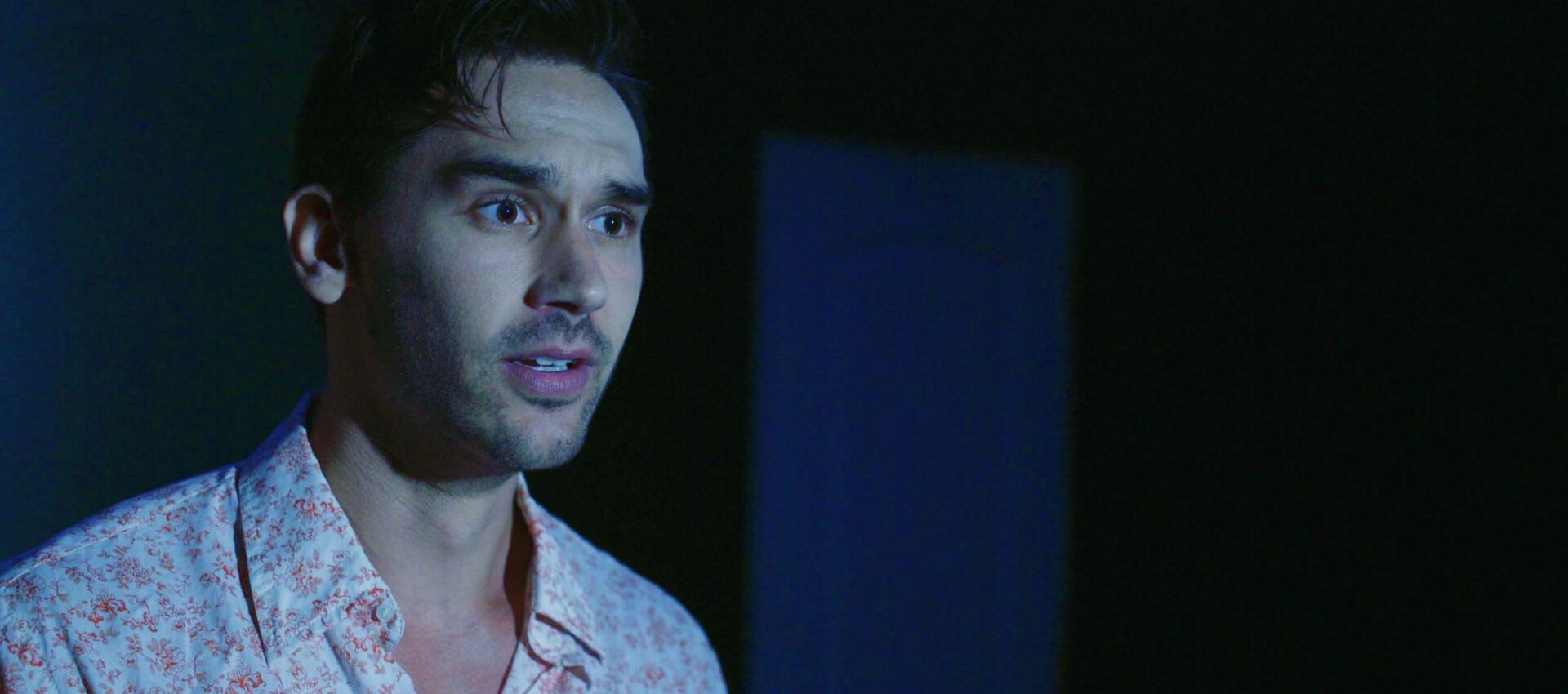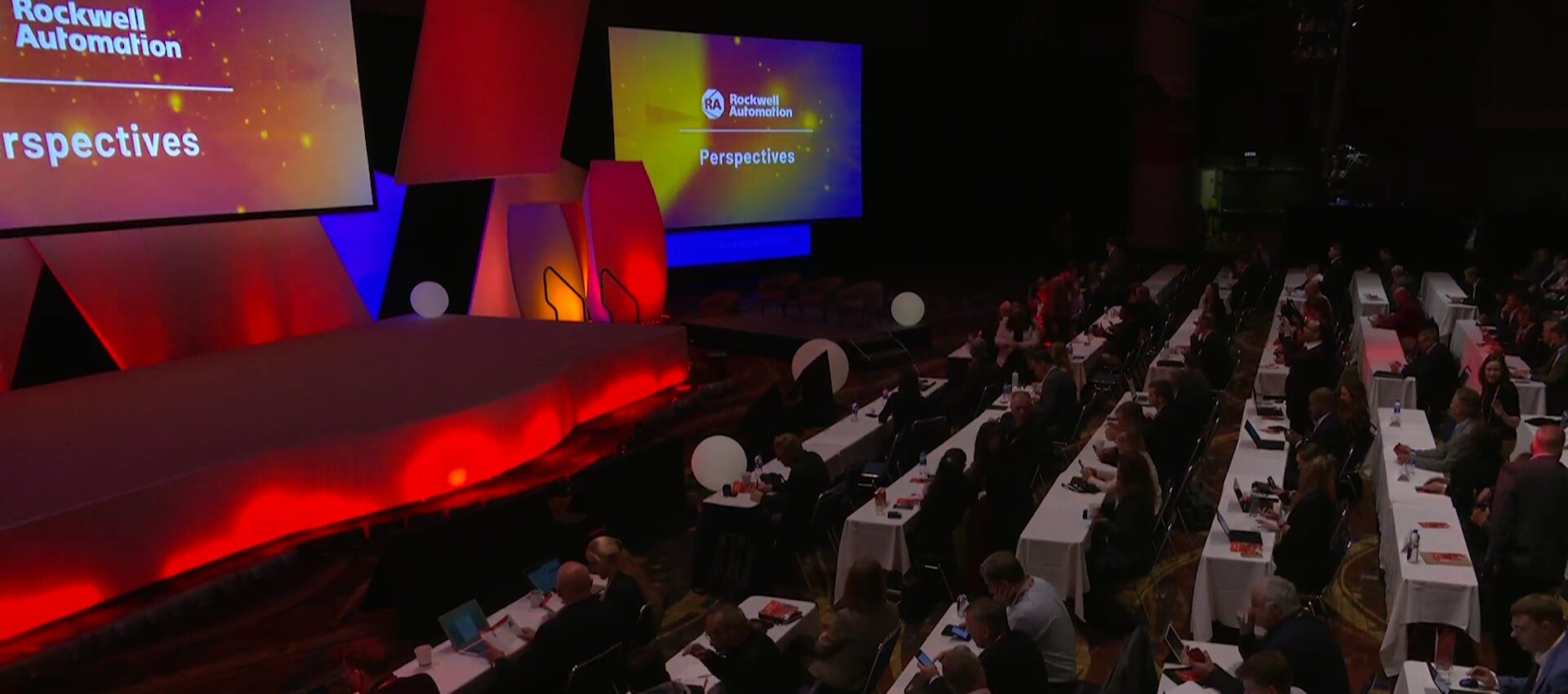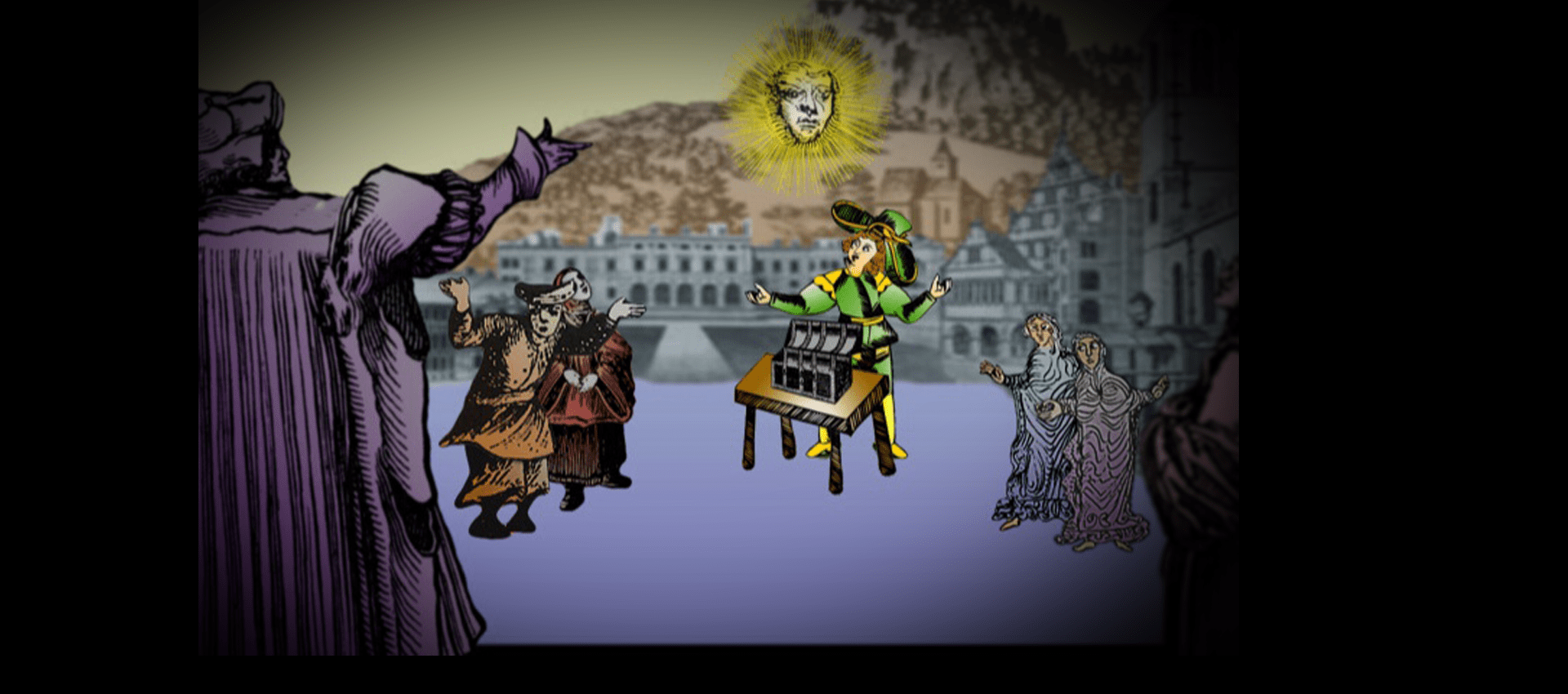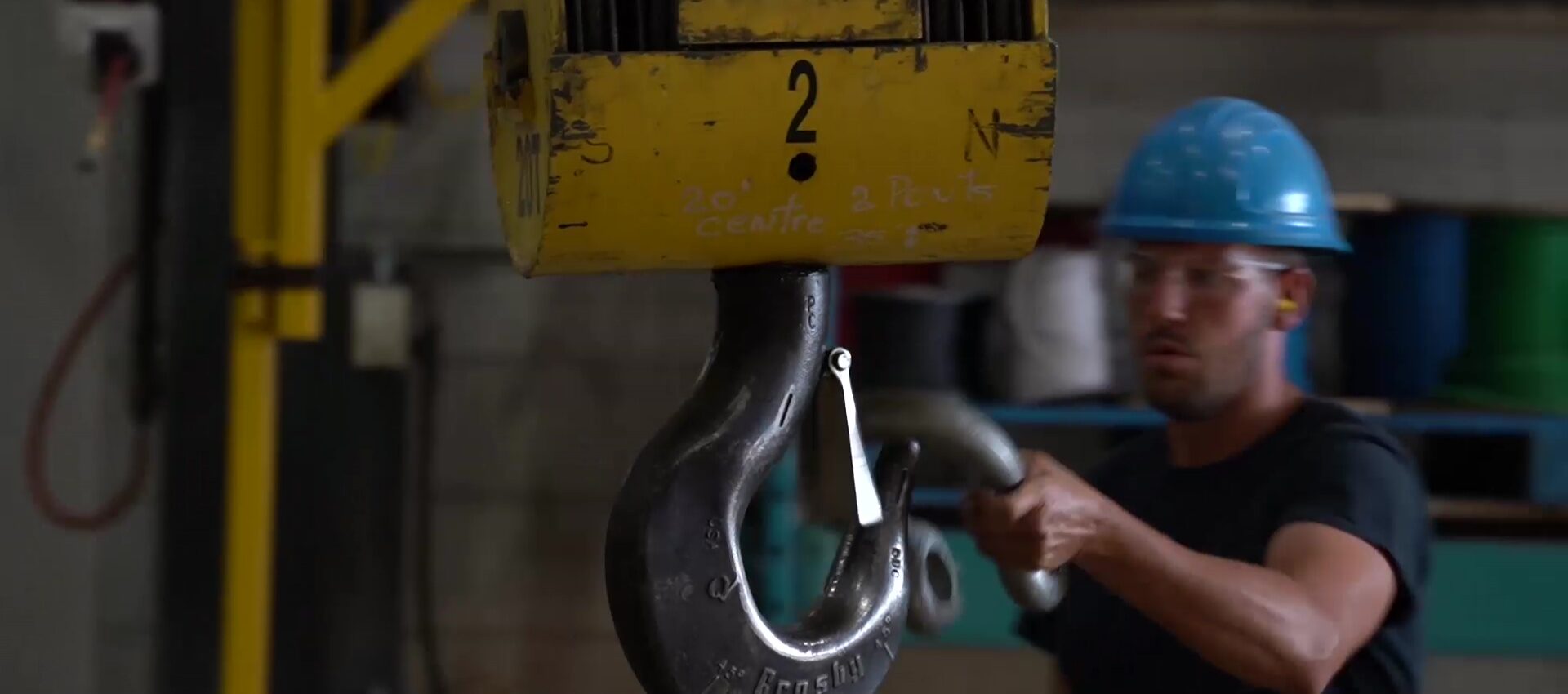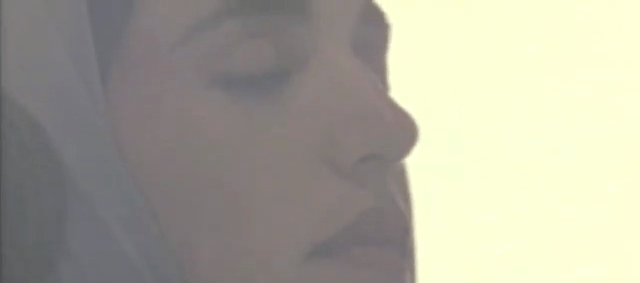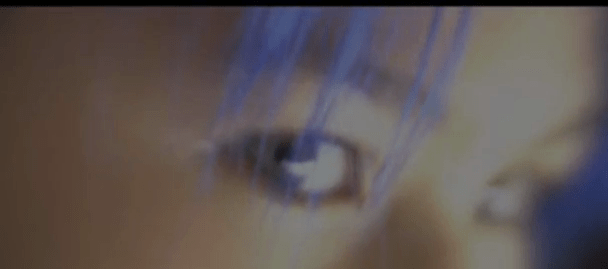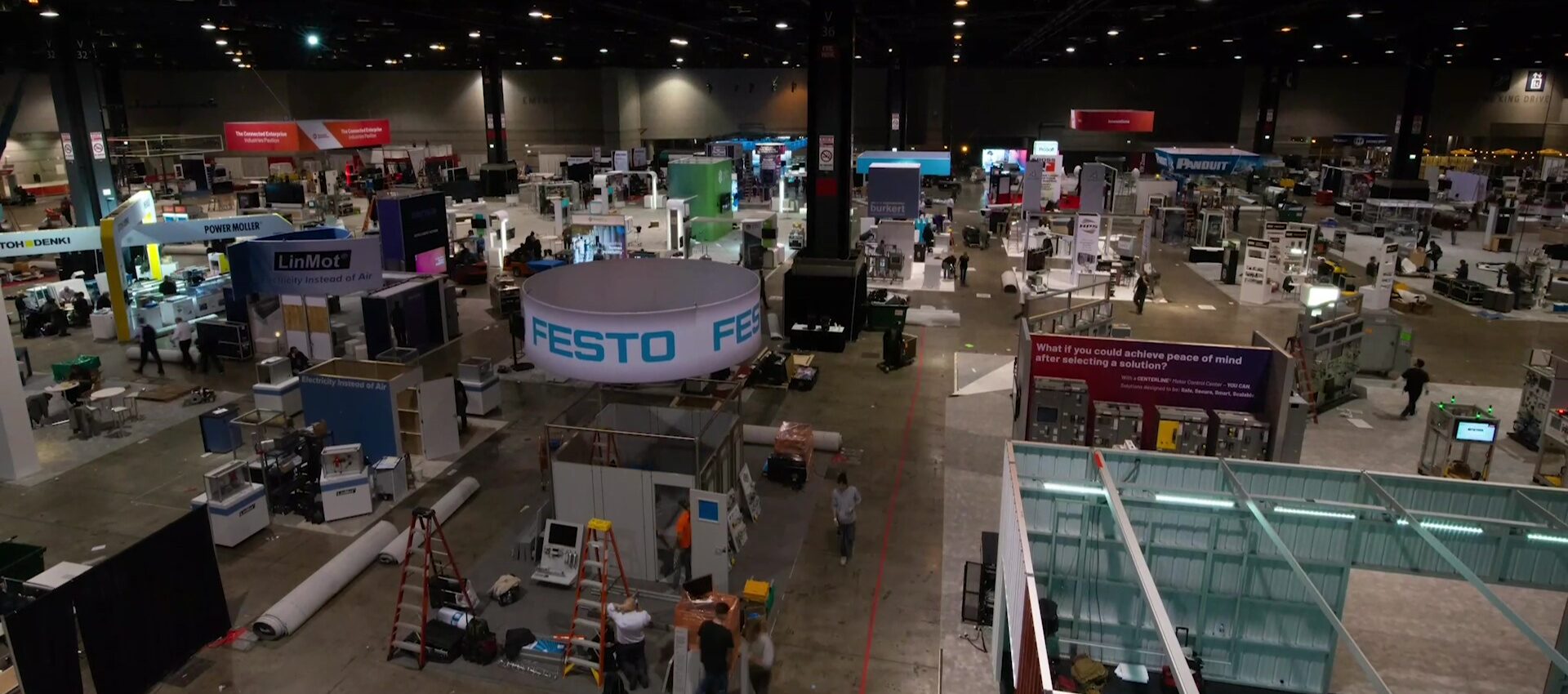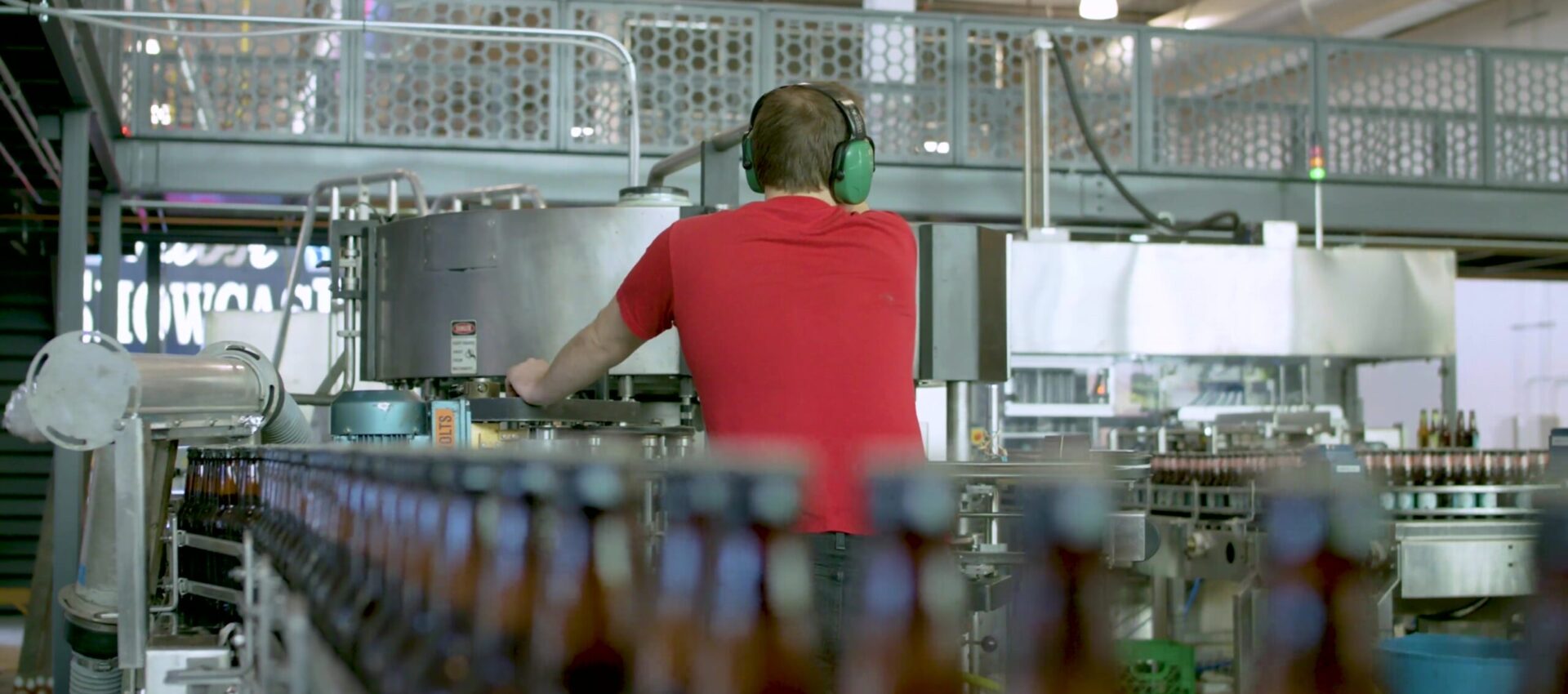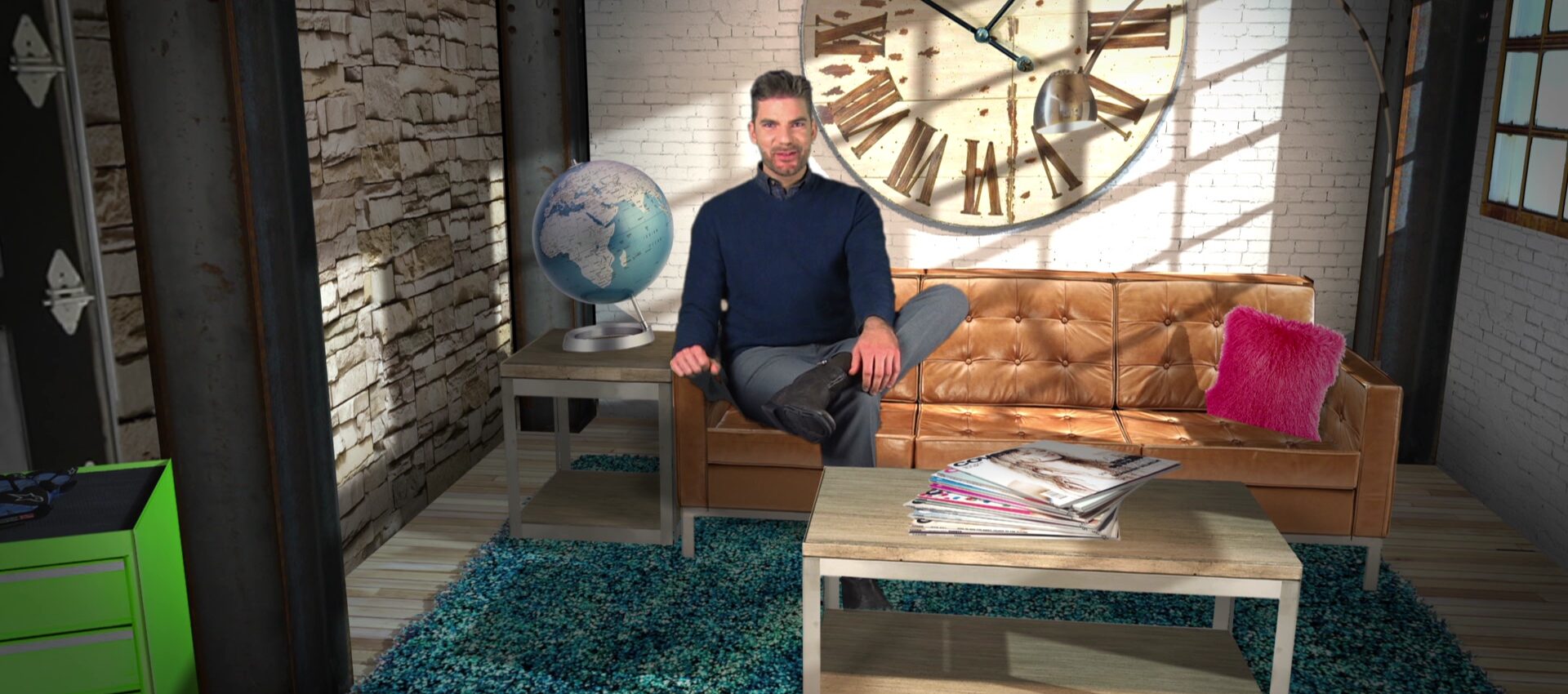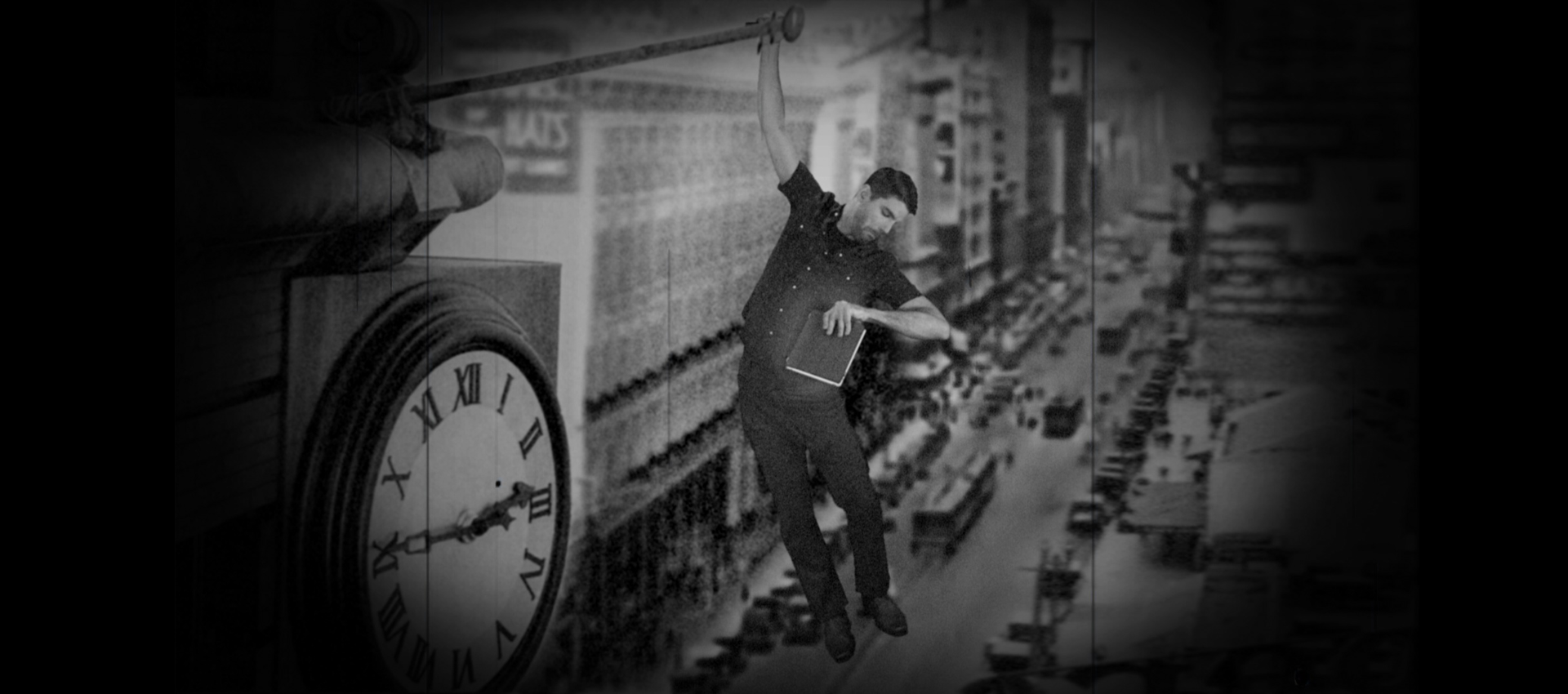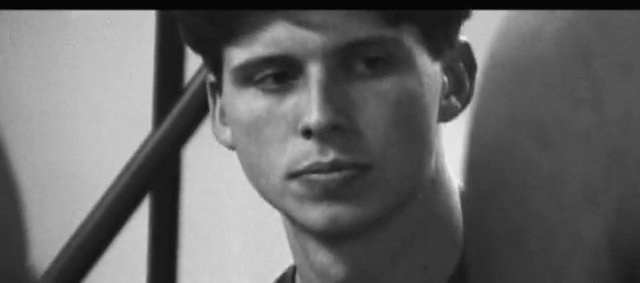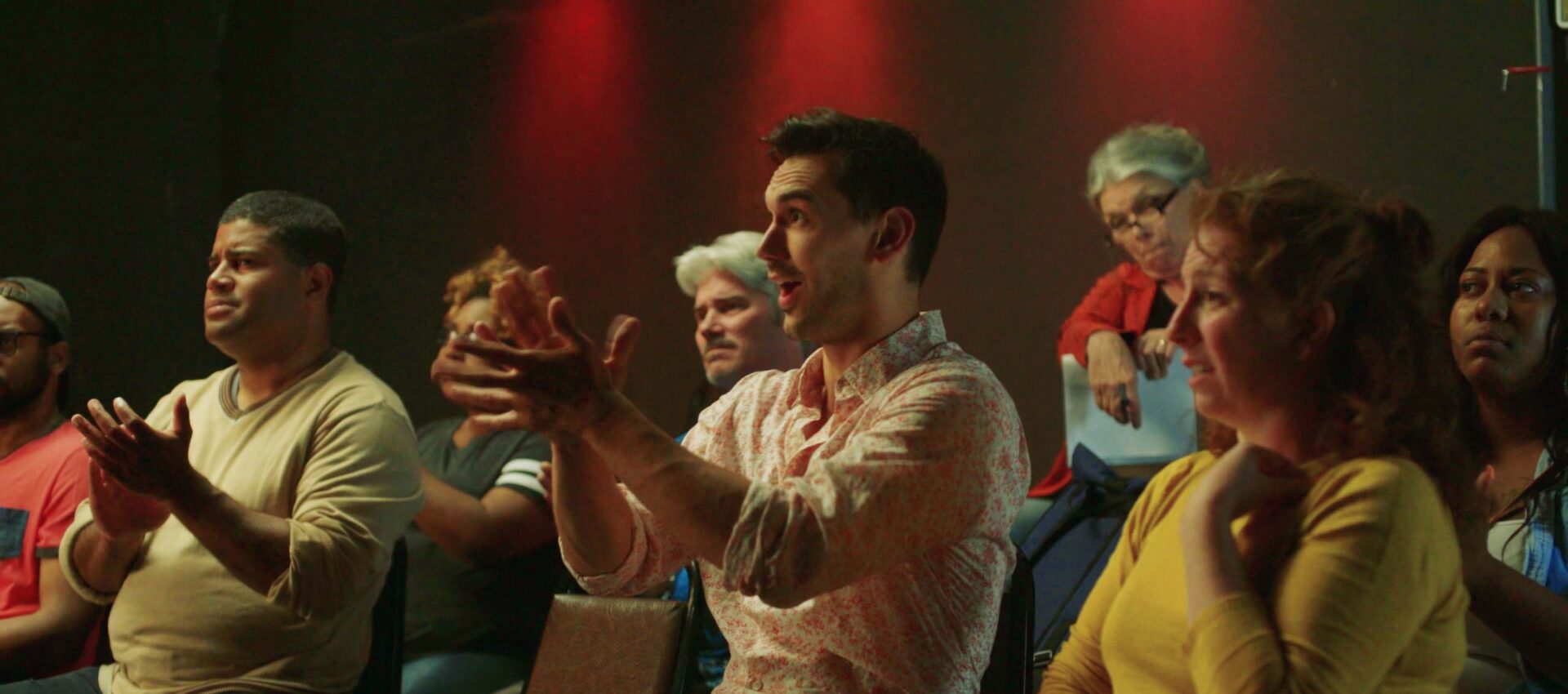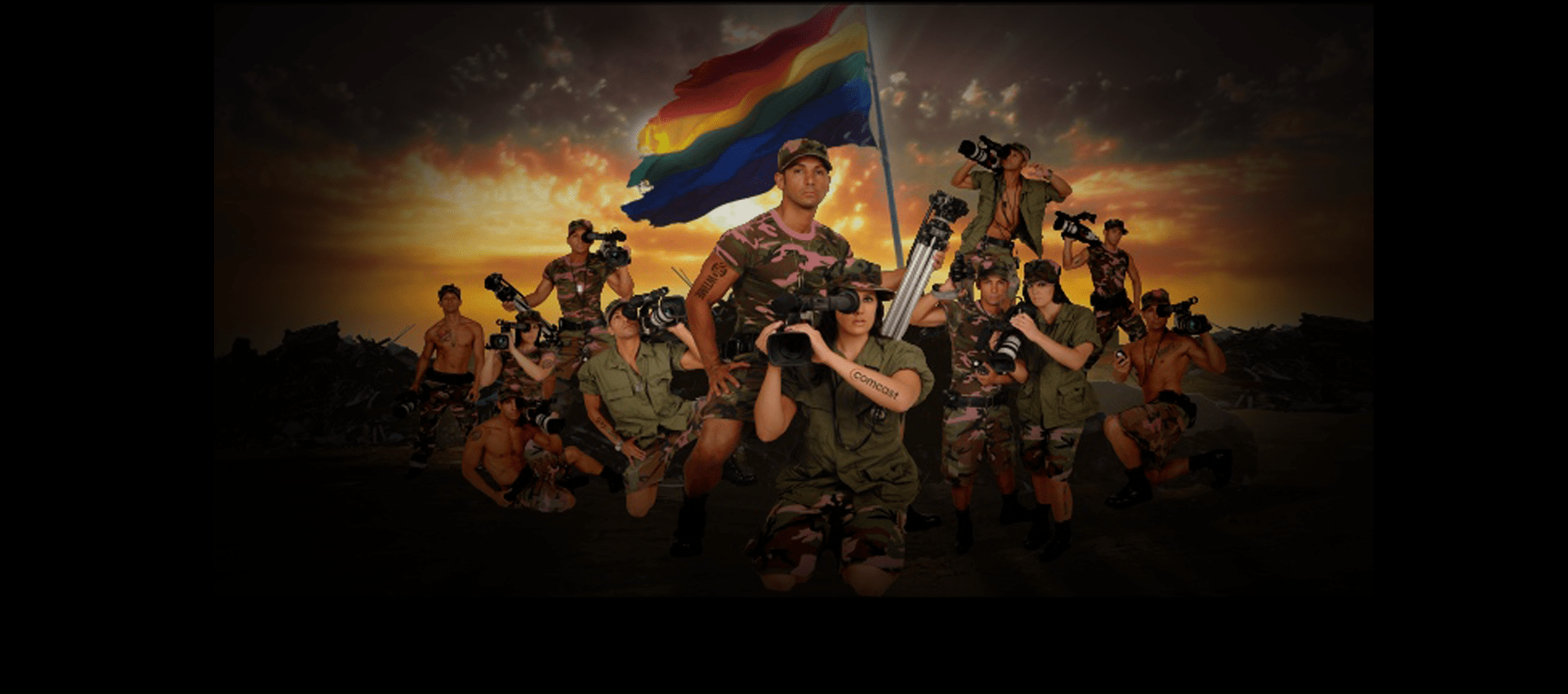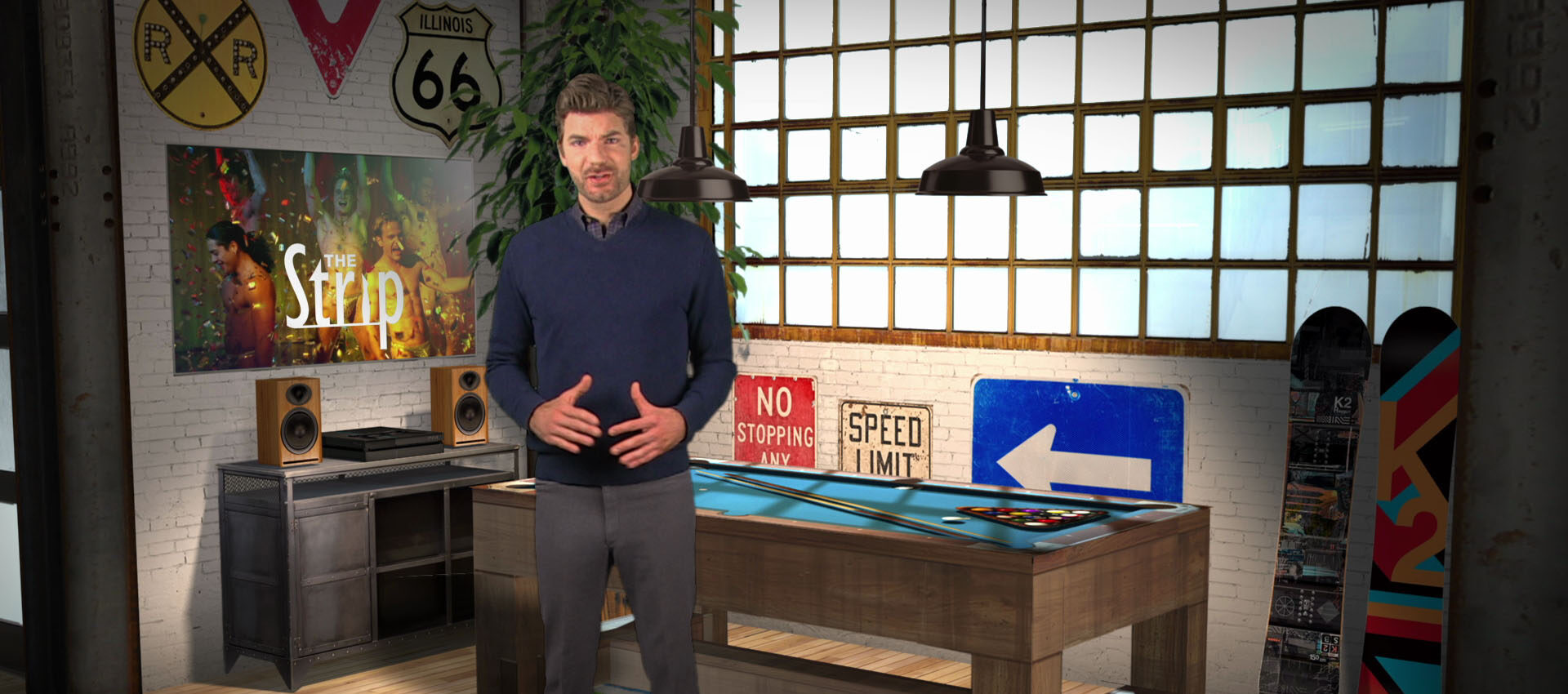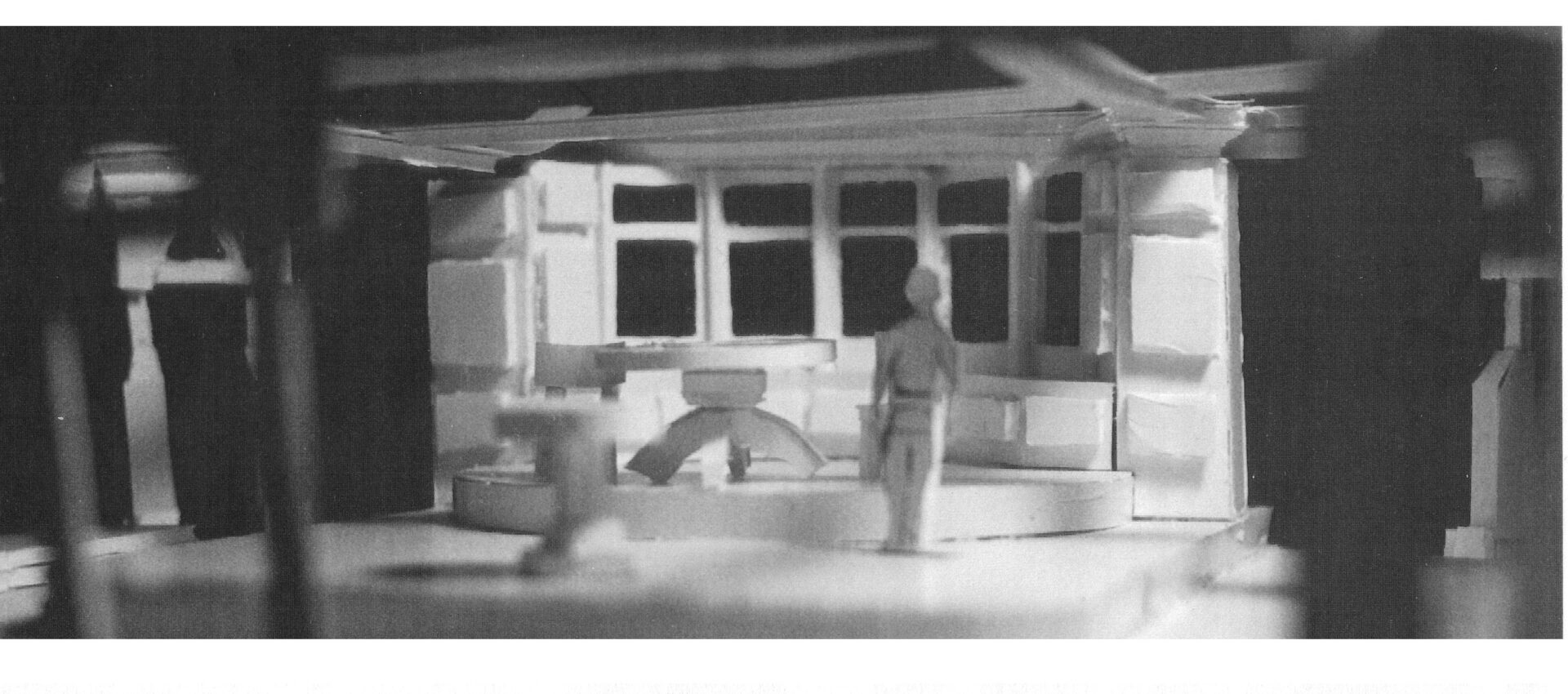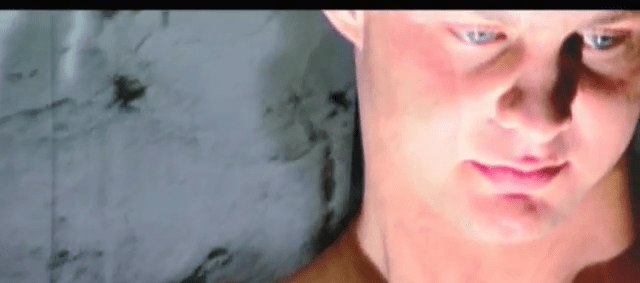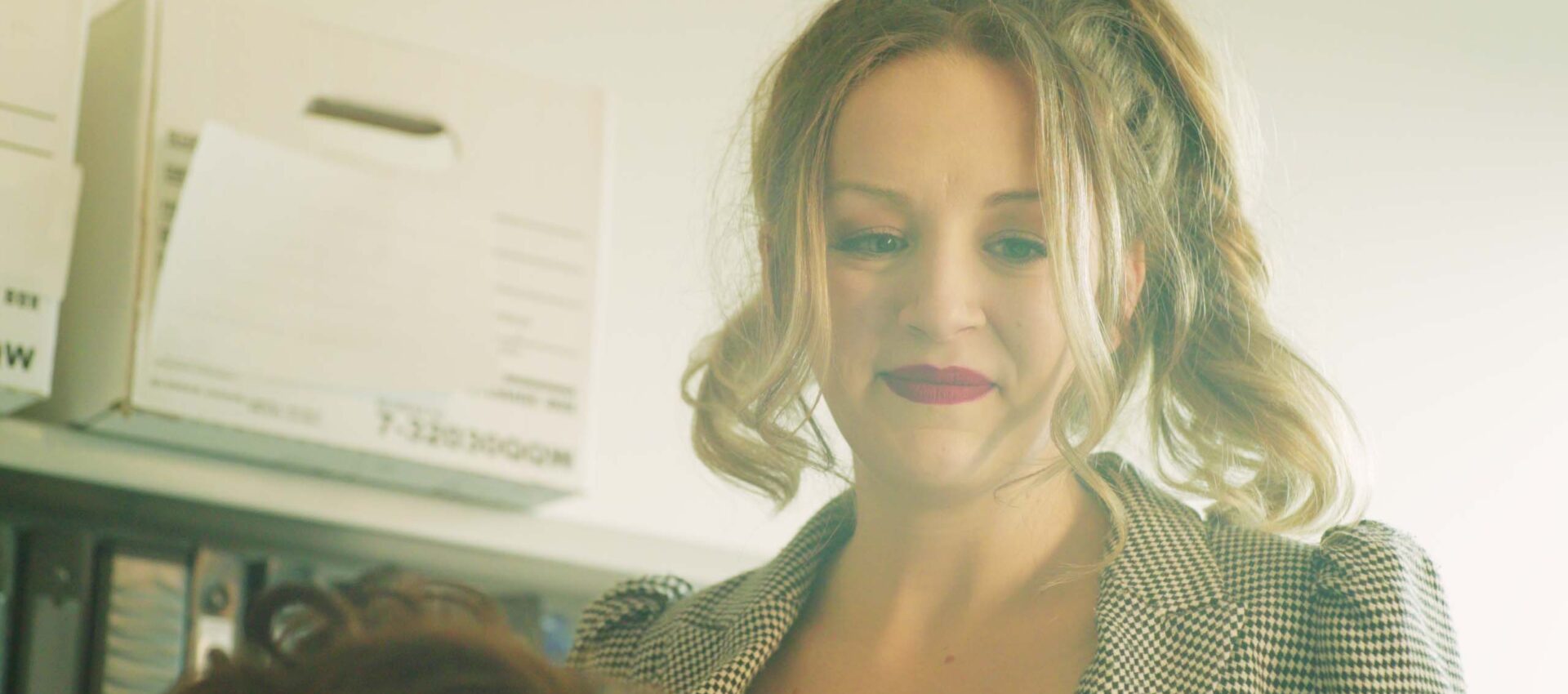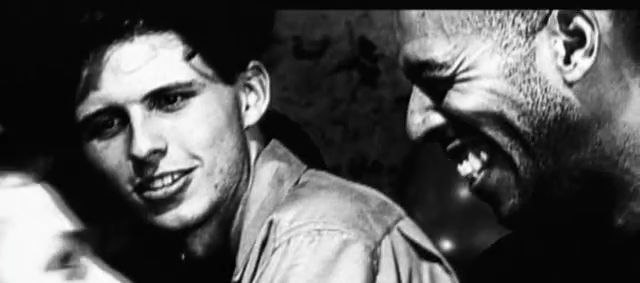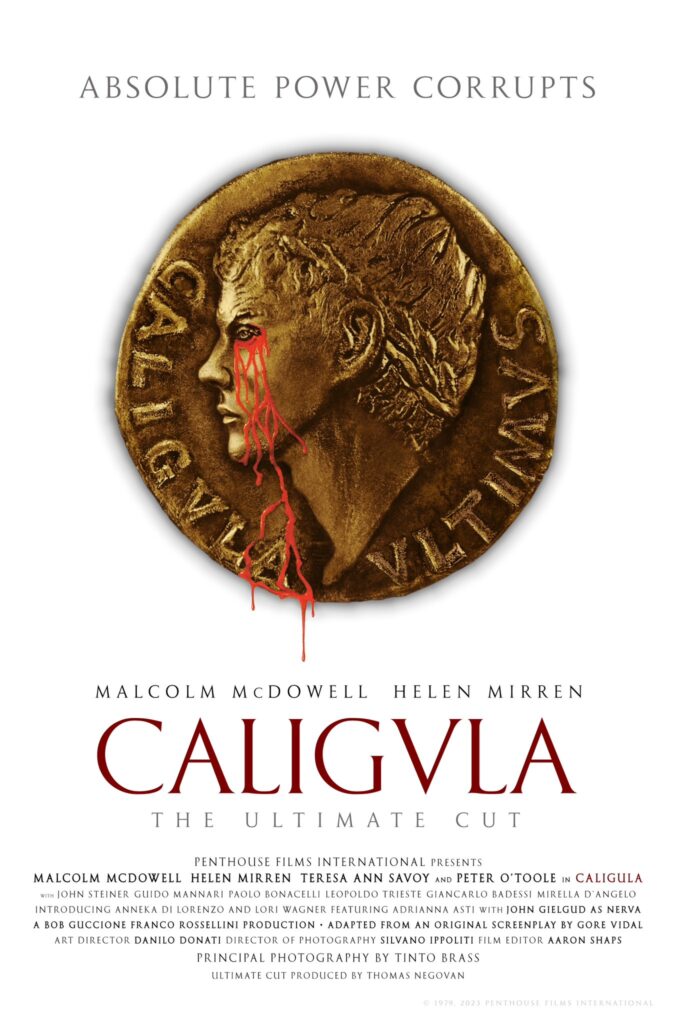
CALIGULA I had seen in different versions in my early adulthood. I don’t believe any of the previous versions were significantly different from each other, other than being more explicit. It appears there were about 10 minutes excised to garner the original film an R rating, versus an X for the uncut version, but no significant reworking of the film. I remember being drawn initially to the film on home video because of Malcolm McDowell, who I had seen in CLOCKWORK ORANGE and IF… Like many people, I also assumed that Gore Vidal, Peter O’Toole and John Gielgud would give the film some gravitas and respectability. And actually, I was curious about Bob Guccione. I had been a fan of Omni Magazine and thought he might have something interesting to say.
The initial production and release of the film are well established in pop culture history. Creative power struggles and the addition of allegedly more sexually explicit material resulted in Vidal and several others involved trying to distance themselves from the production. Even without a detailed comparison of the Guccione v.s. Tinto Brass material, I will say I find the actor’s complaints about the final film rather dubious. Helen Mirren and Peter O’Toole could not have participated in shooting the scenes they did, without being aware of the level of explicit sexuality being presented. But one of the common problems with sex and nudity on stage or screen is that it often upstages the actors. This may be more at the heart of their objections. Gore Vidal’s complaints are the only ones I could fully support, as his script was abandoned early during production. He was barred from the set and rewriting was done on the fly.
One of the common problems with sex and nudity on stage or screen is that it often upstages the actors
The abandonment of the script resulted in a finished film that was chaotic, random and nonsensical. McDowell’s attempts to give the character an arch were totally obliterated by the loss of the structure and the over-riding focus, by the producer, on sex over story or character.
There were some choices in the original production design and shooting that allowed for the 2023 recut to even be possible. The production was designed by Danilo Danoti to be shot mostly in the studio on grandiose, theatrically styled sets obviously inspired by Fellini’s SATYRICON. Not surprising since, Danoti designed that production as well. The result is highly stylized, but disconnected from reality. Striking visually, but emotionally distancing. So not helpful in engaging the characters with the audience.
The other, and perhaps key decision the filmmakers made was to shoot with three cameras at all times. Framing and lighting shots on all the three cameras at once becomes very restricting, because you have to avoid one camera seeing the other cameras. Lighting also becomes more uniform to be consistent for all three cameras, as opposed to being tailored to each shot composition. Playing to three different cameras also limits the actors, because they cannot modulate their performance, based on the lens and position of the camera. An actor may give a larger, broader performance in a wide shot (on a short lens) versus a subtler performance on longer lens, closer to their face.
Shooting with three cameras also means that in editing, you are selecting only one out of those three angles from any one take. So two thirds of the footage of every recorded take goes unused. Which is an absolute gold mine, if you want to recut a film. And that is precisely what they did for this 2023 version.
CALIGULA: THE ULTIMATE CUT is constructed primarily out of unused camera angles and takes.
The 2023 cut is three and a half hours long, which is significantly longer than the previous versions. It has been produced by Thomas Negovan with an eye towards honoring McDowell’s performance and the original script/story as much as possible. On these parameters, the film succeeds. The story and the development of Caligula, or “Little Boots” is much more coherent. As a bonus, there is significantly more of Helen Mirren as Caesonia.
But it still isn’t a good film. I find it interesting that when filmmakers choose excess as their theme, they often make films themselves that are excessive. It is almost as if the theme poisons the process. James Cameron is a good example of this. In the case of Caligula, I think the producers goal of respecting the actor’s performance is also key to the unnecessary length of the film. Scenes start early and end late with long shot durations. Yes they are respecting the performance, and taking their cue from the actors, but the filmmakers have not given enough consideration to the film as whole. They could have easily taken an hour out of the film and made it more engaging by varying and quickening the pace. Start scenes late and end early. Use more of the language of cinema, more of the possibilities of editing and juxtaposition. The film is already highly stylized in production, it could be stylized in post-production as well. After all, a film is more than just a recording of an actor’s performance.
Over the course of three hours, there is just nowhere to go with the orgy material. You’ve started at the ceiling, literally
The theme of excess, particularly sexual excess is also problematic when you are trying to create an arch to a story or performance. Caligula starts very early by displaying considerable nudity, male and female and multiple forms of congress on a three tiered set complete with elevator. Over the course of three hours, there is just nowhere to go with the orgy material. You’ve started at the ceiling, literally. As a result, the subsequent orgies, such as the brothel barge, just have less and less impact. Now the ultimate theme of the film is not just excess, but the corruption of the individual as a result. So to feel less and less at the sight of these scenarios is fitting, if a bit hard to empathize with. You just become tired. “If you are tired of New York, you are tired of life.”
The new score by Troy Sterling Nies doesn’t help the film’s pace either. It is very much the same from scene to scene, which is to say primarily a sound bed or soundscape similar to the Ligeti tracks used by Kubrick in 2001. There is nothing lyrical or even significantly rhythmic in the tracks. Again, the score seems to be taking it’s pace from the scenes, as opposed to driving them.
Overall, this version of CALIGULA is an improvement over earlier cuts, but also suffers from it’s own obsessions. While the Guccione cuts were obsessed with sex, this cut is obsessed with the lead actor’s performance. It hints at an even better cut, in a shorter form, but one that is still probably not a great work of art.
